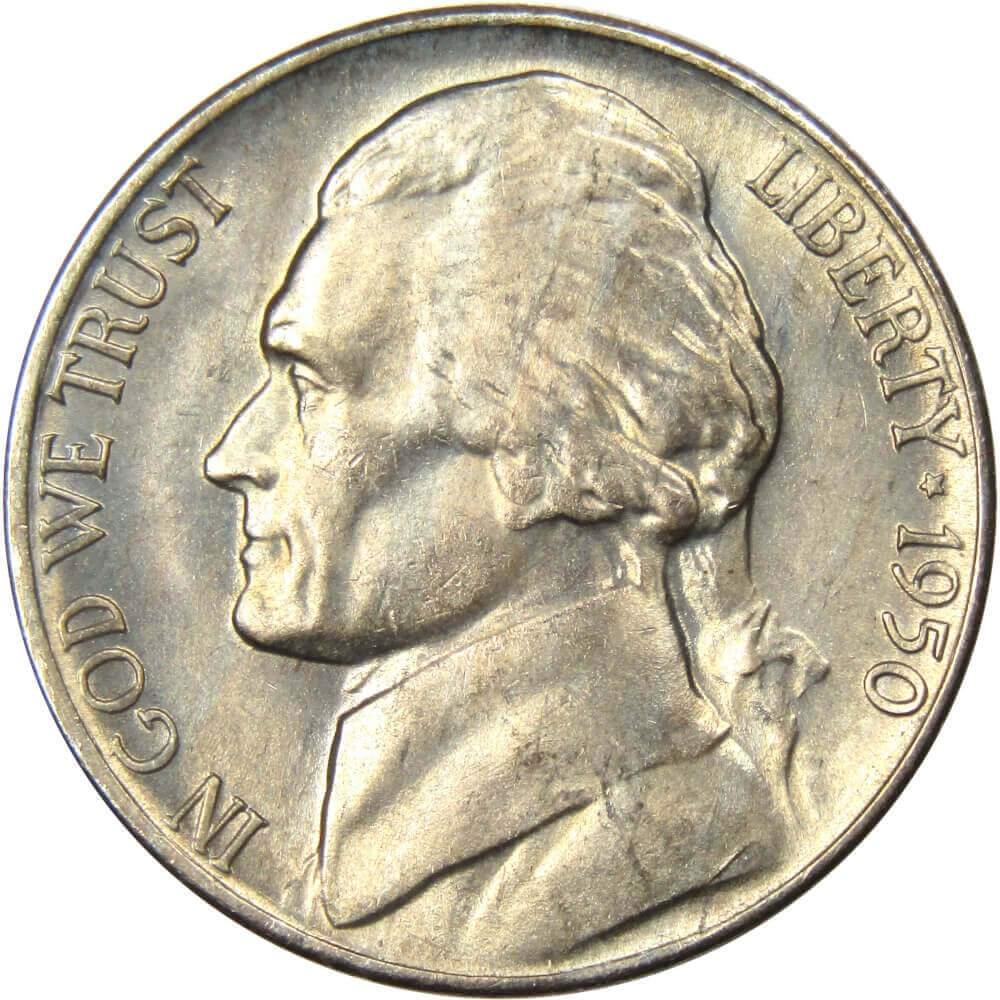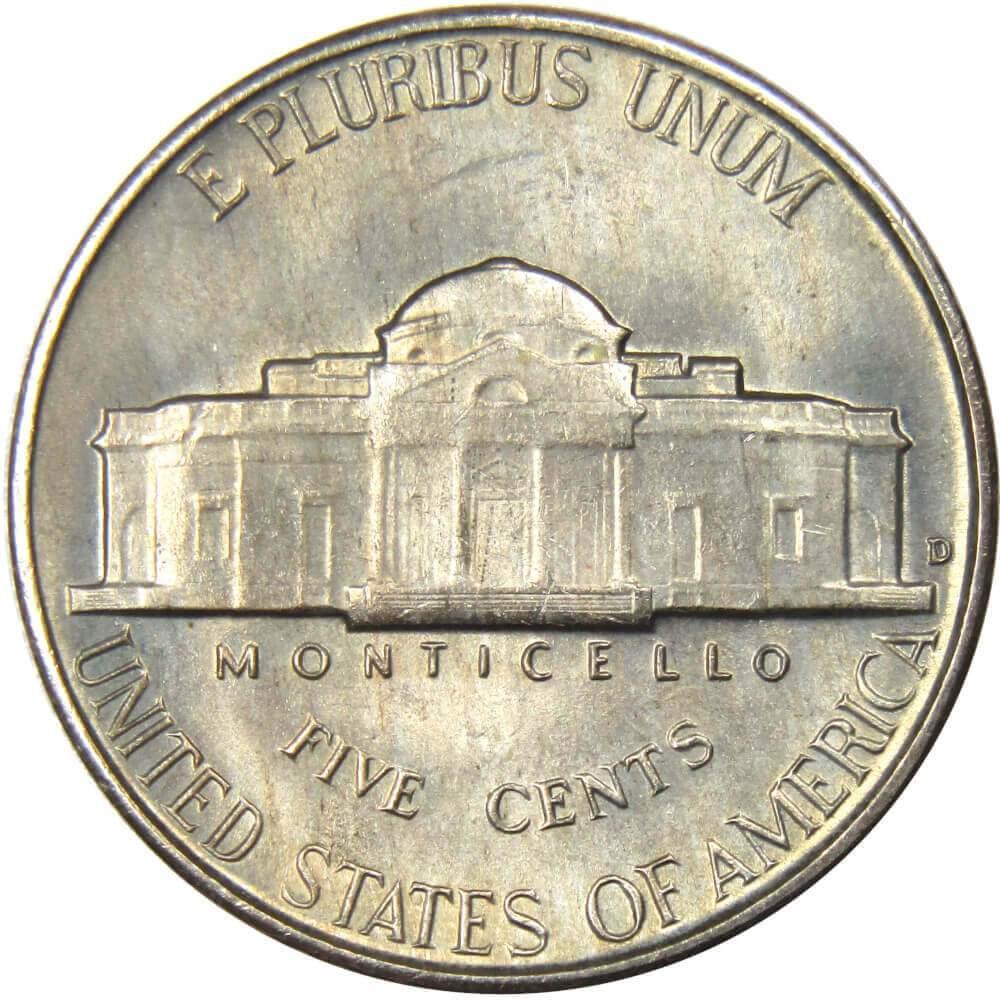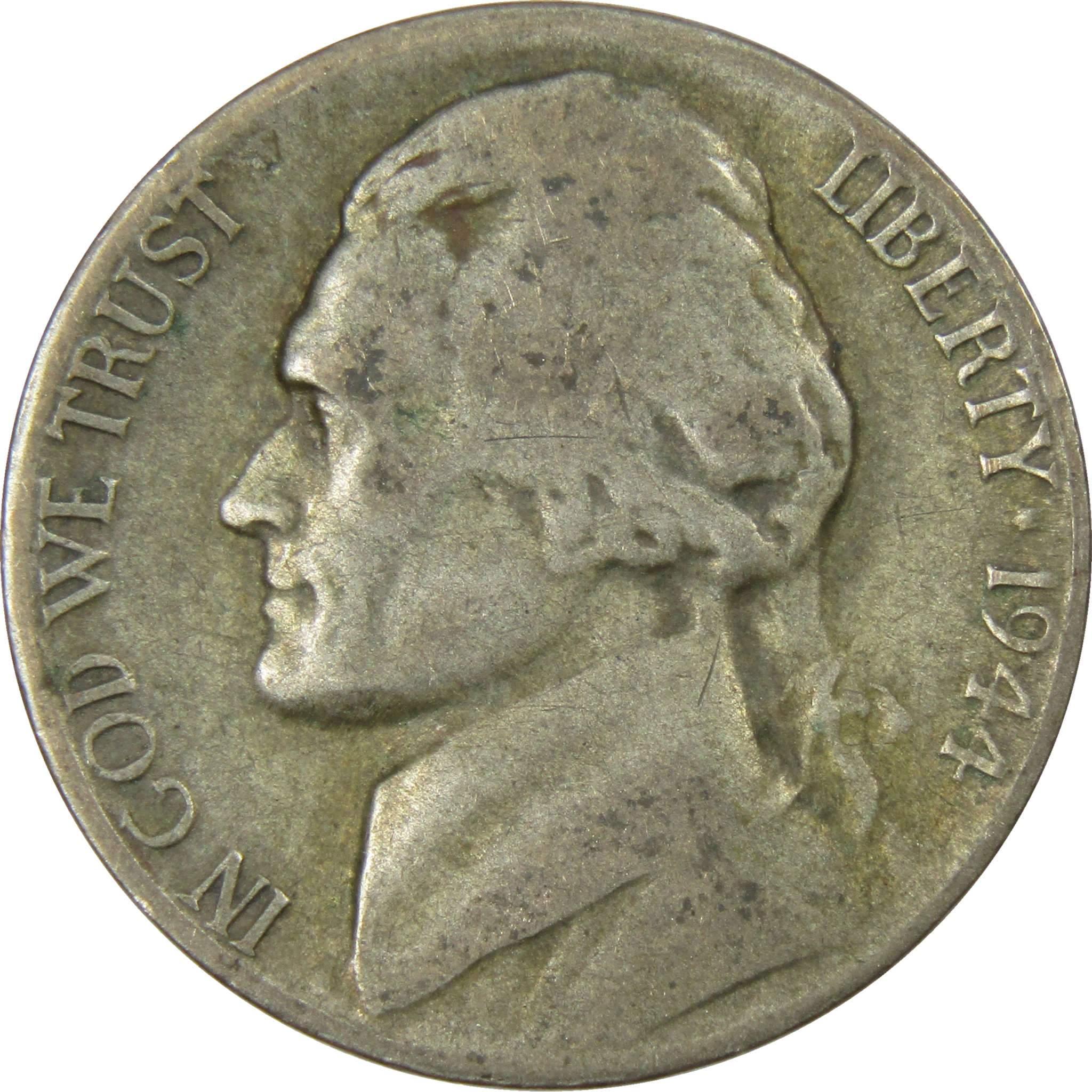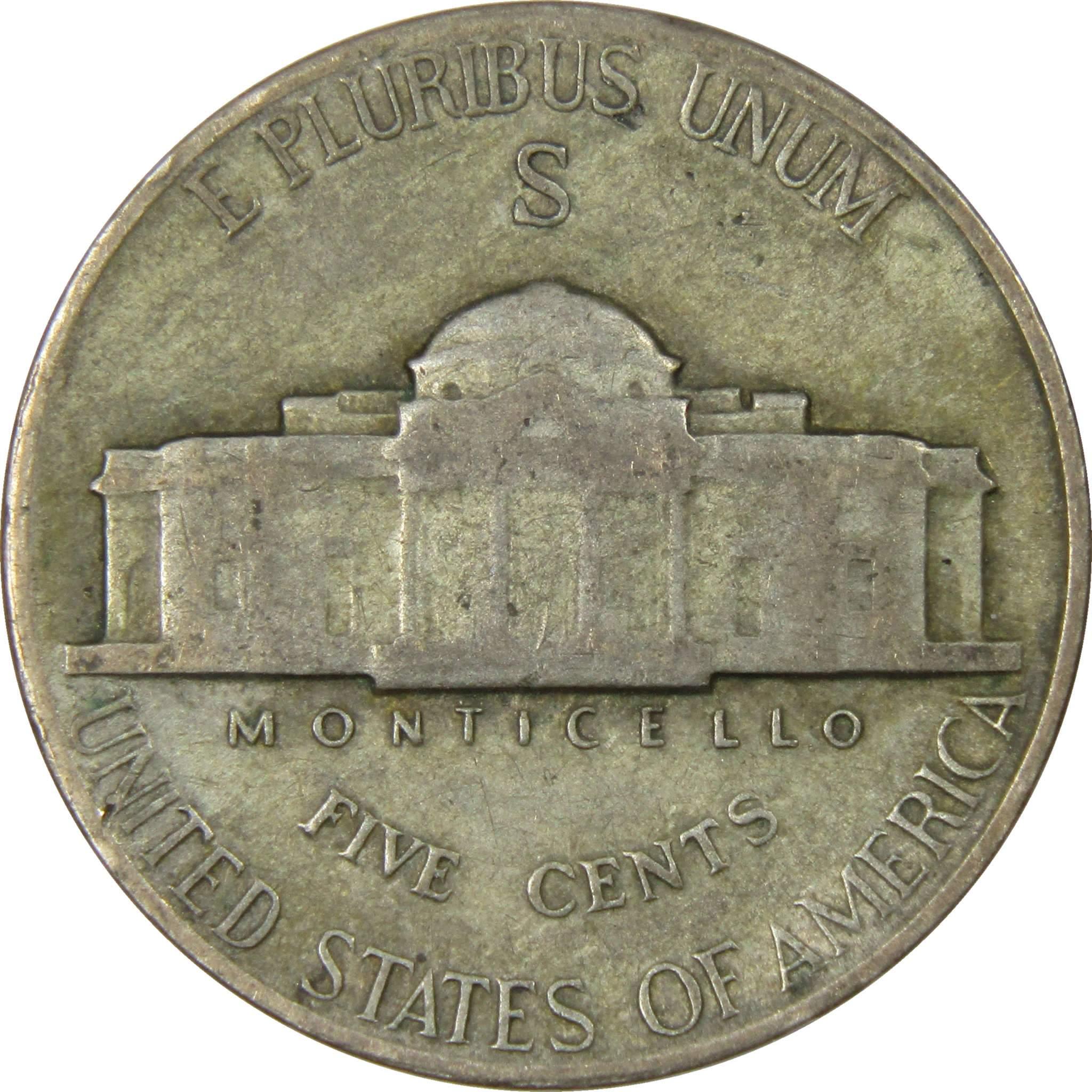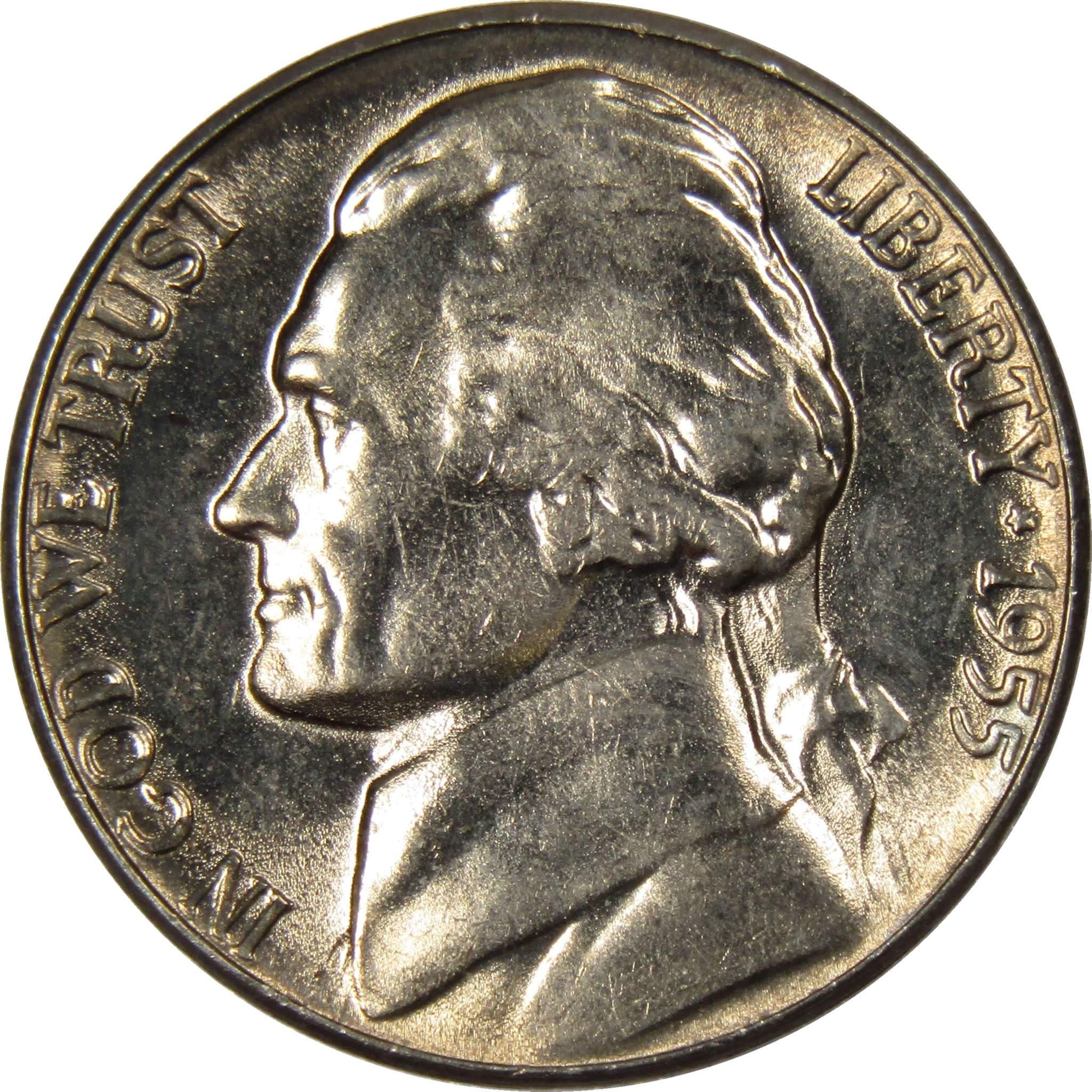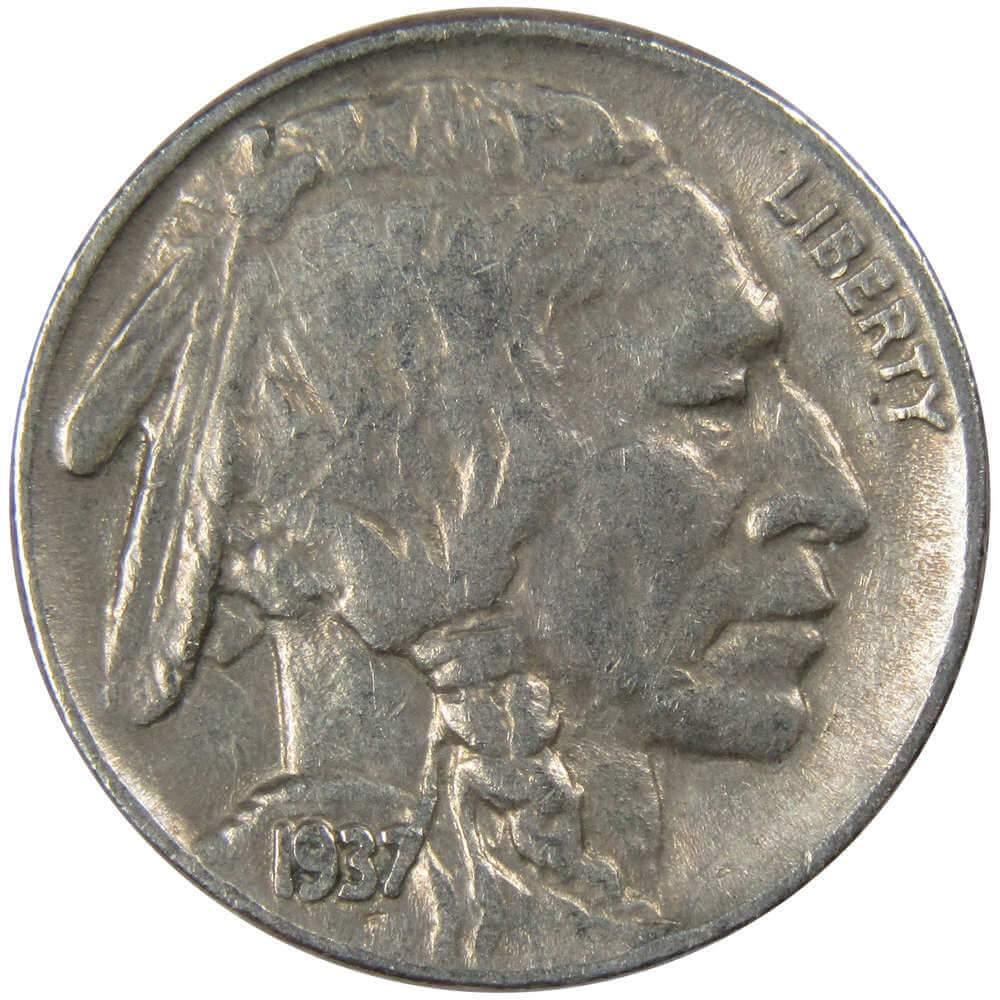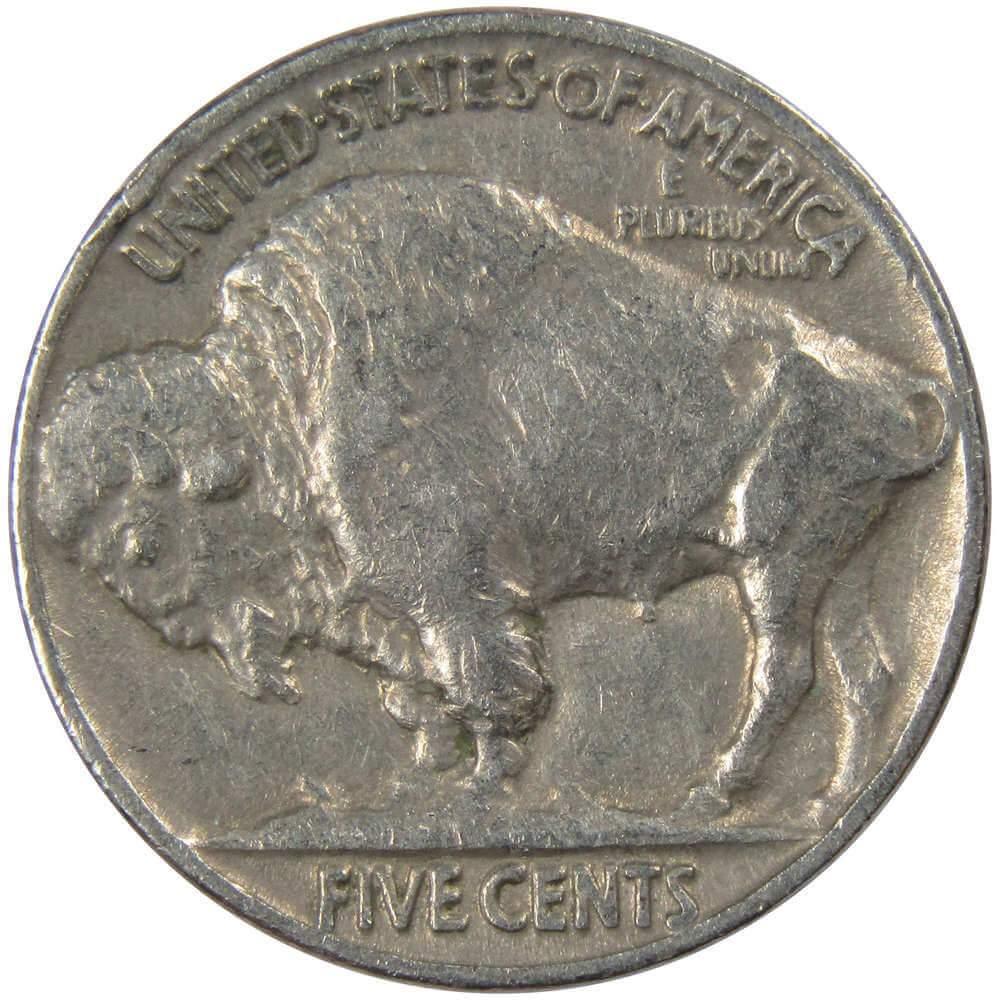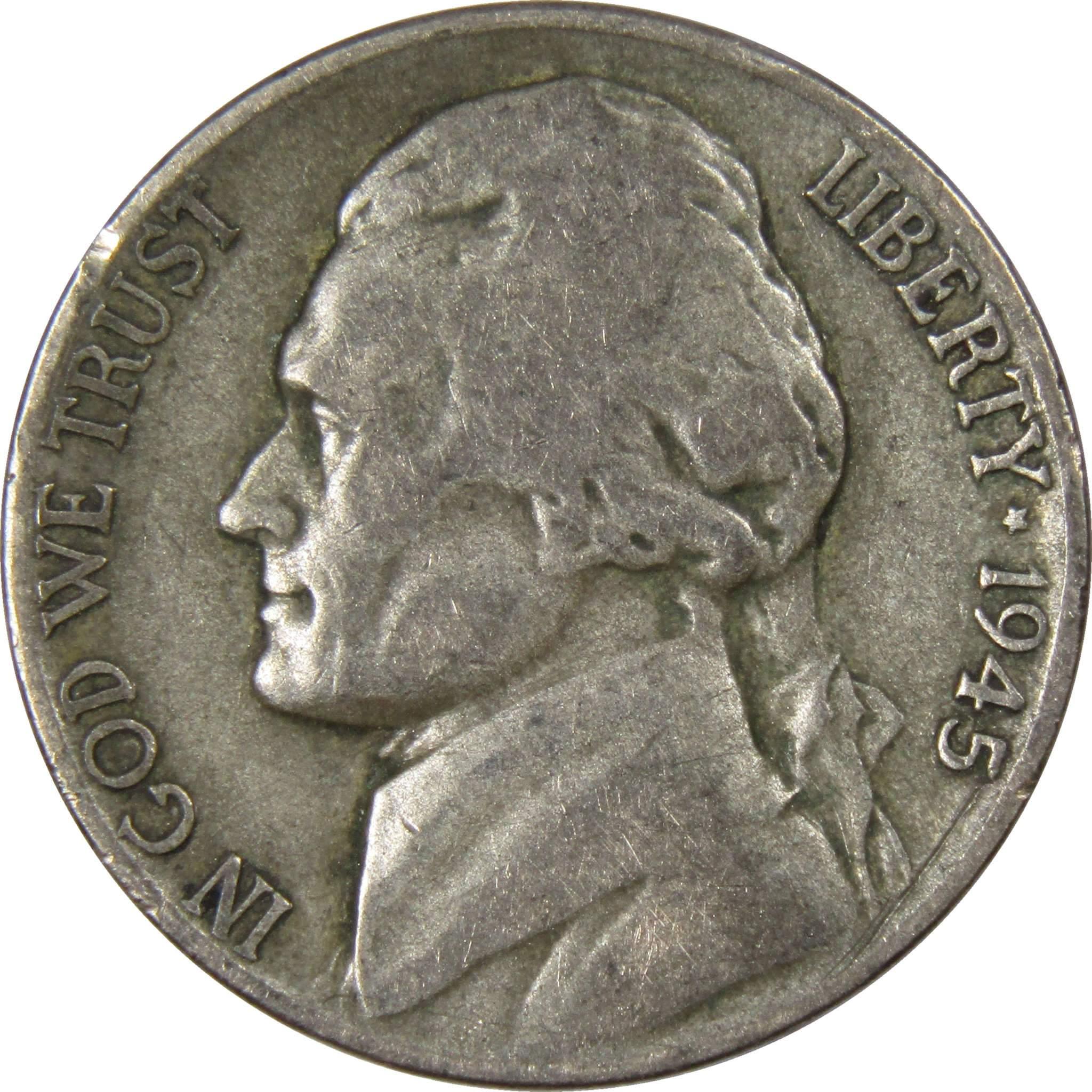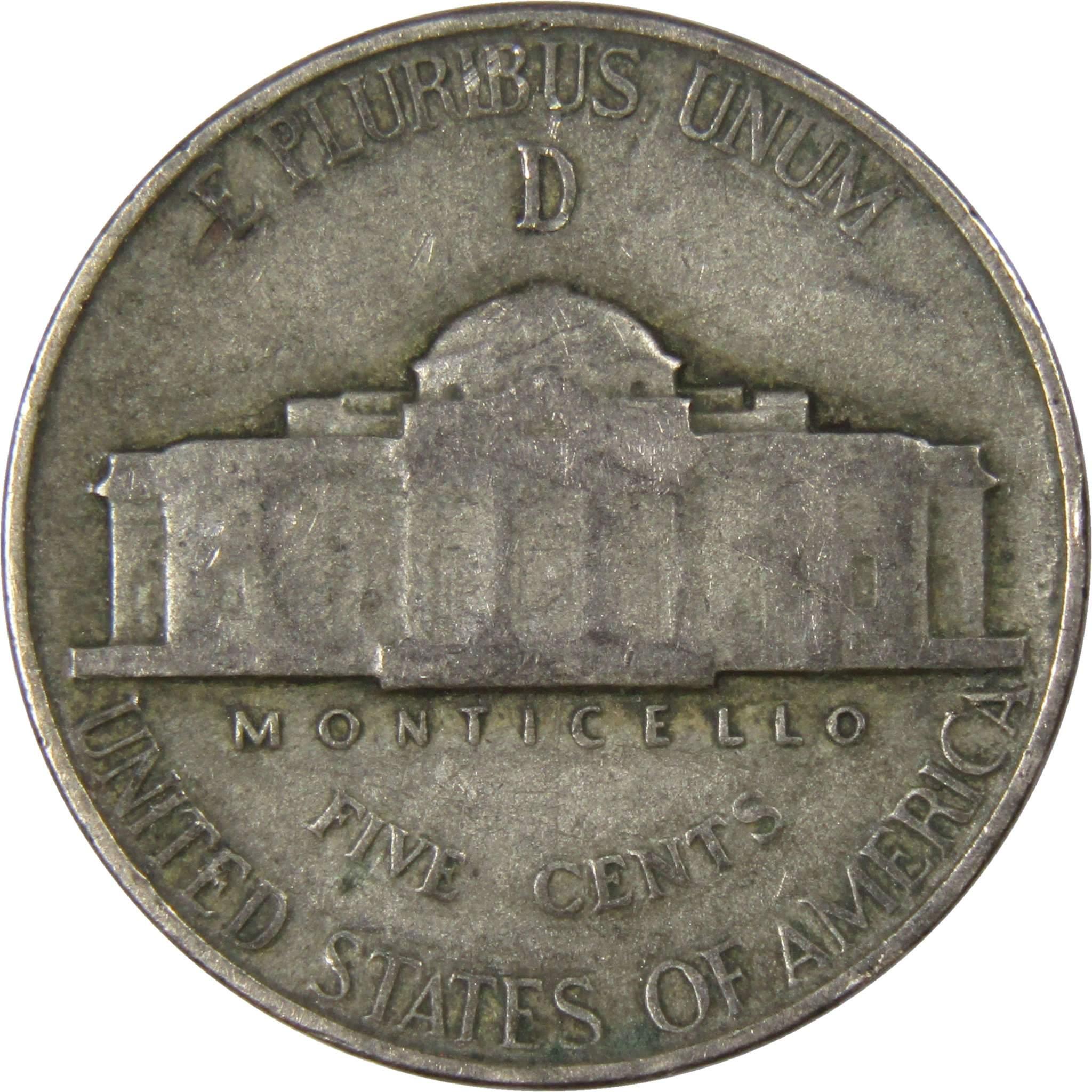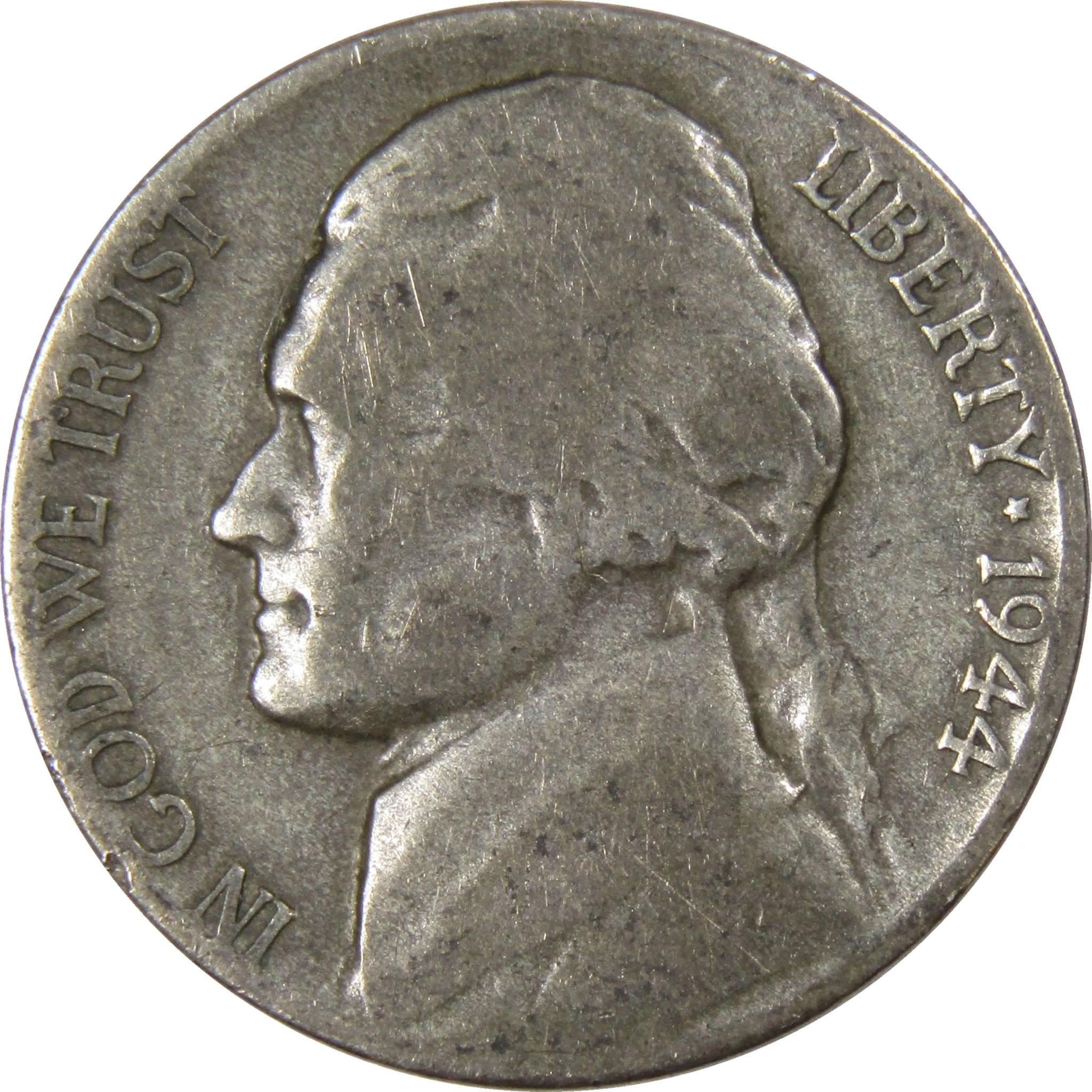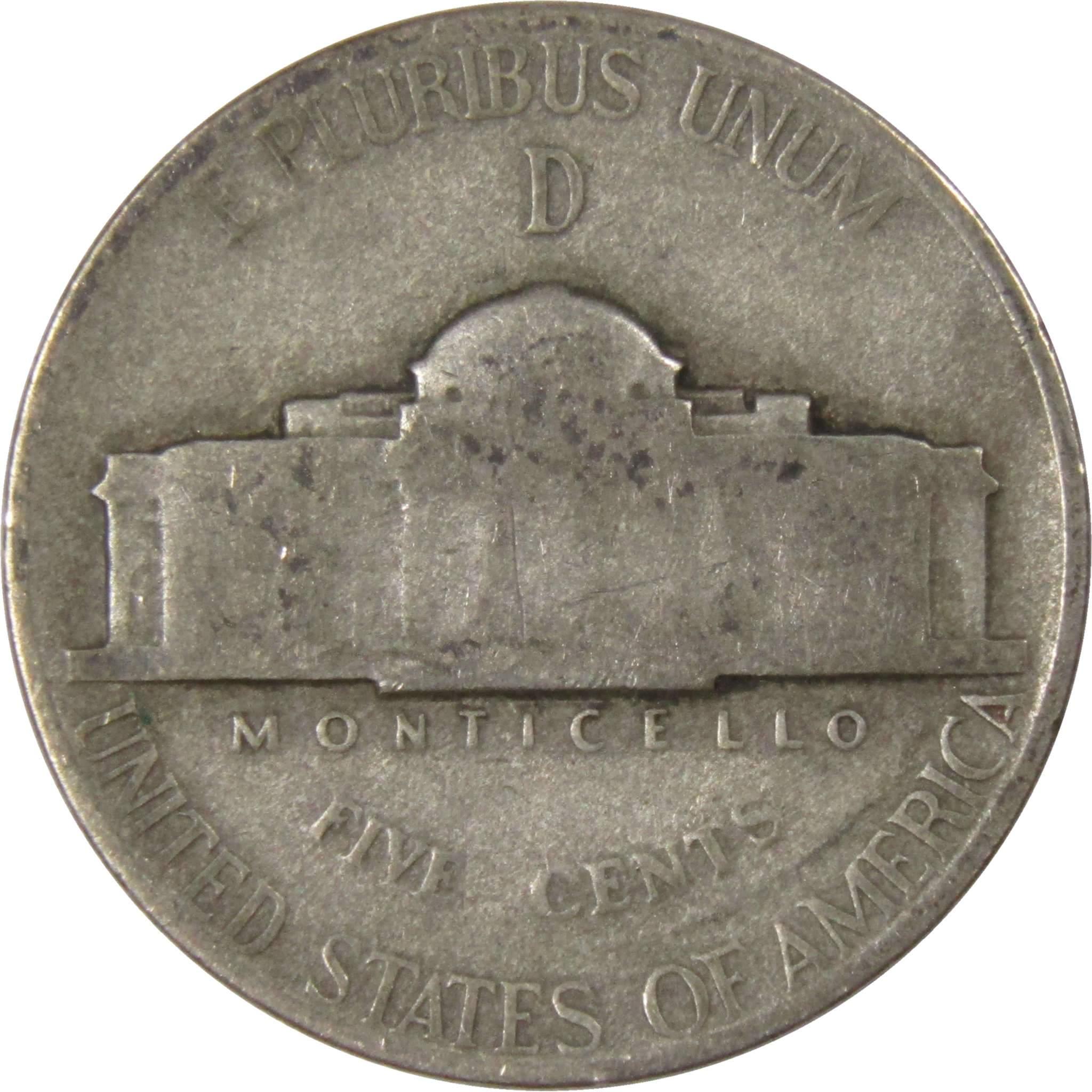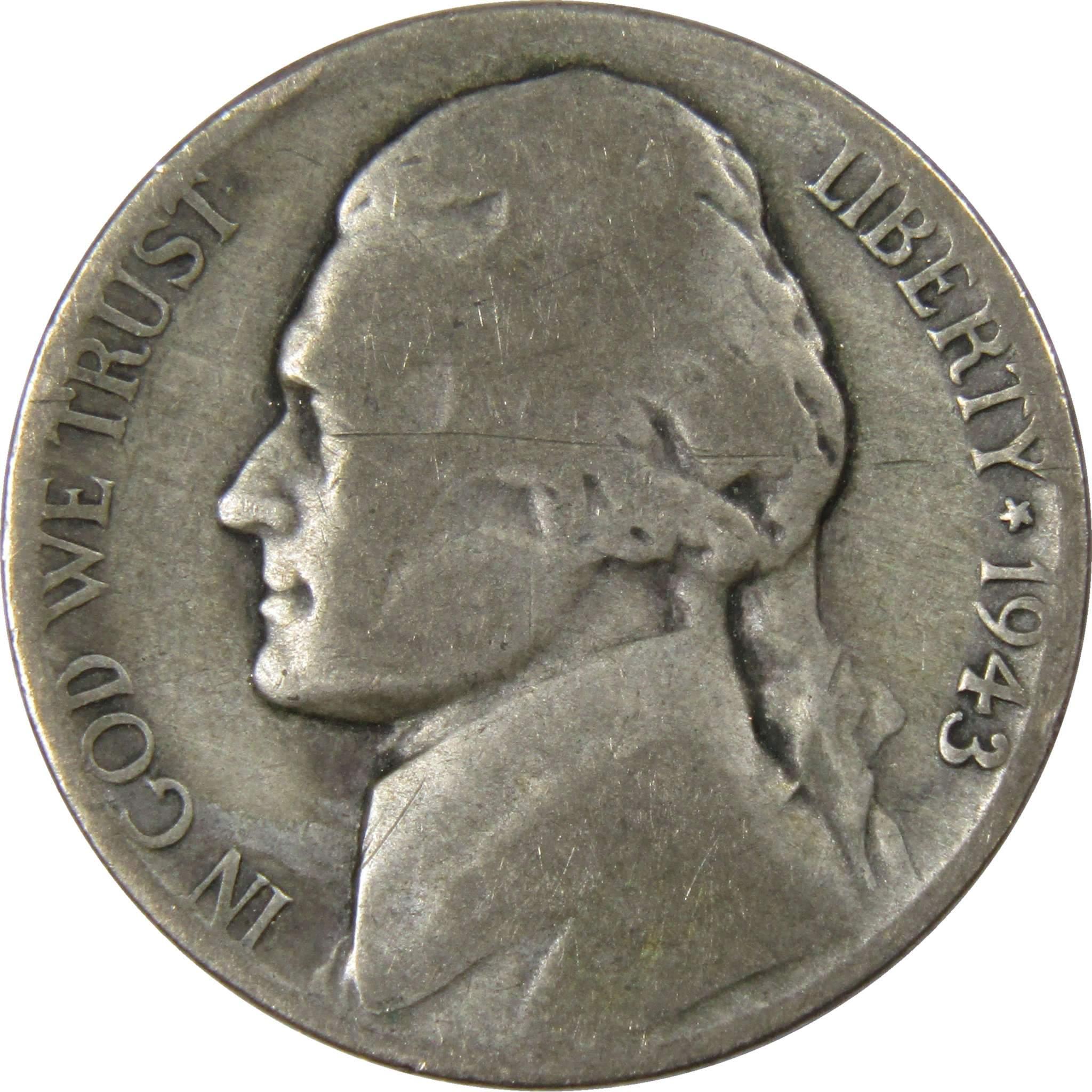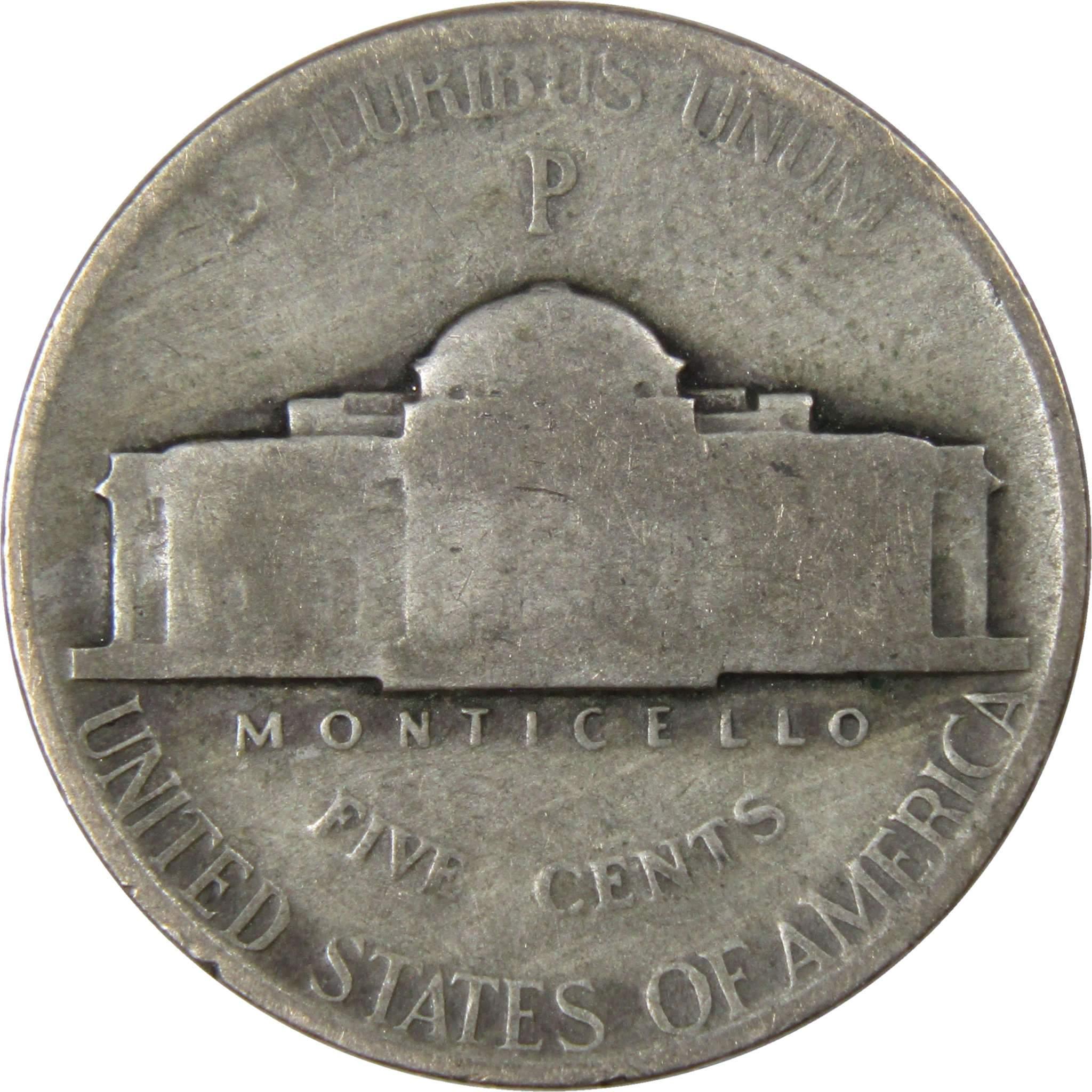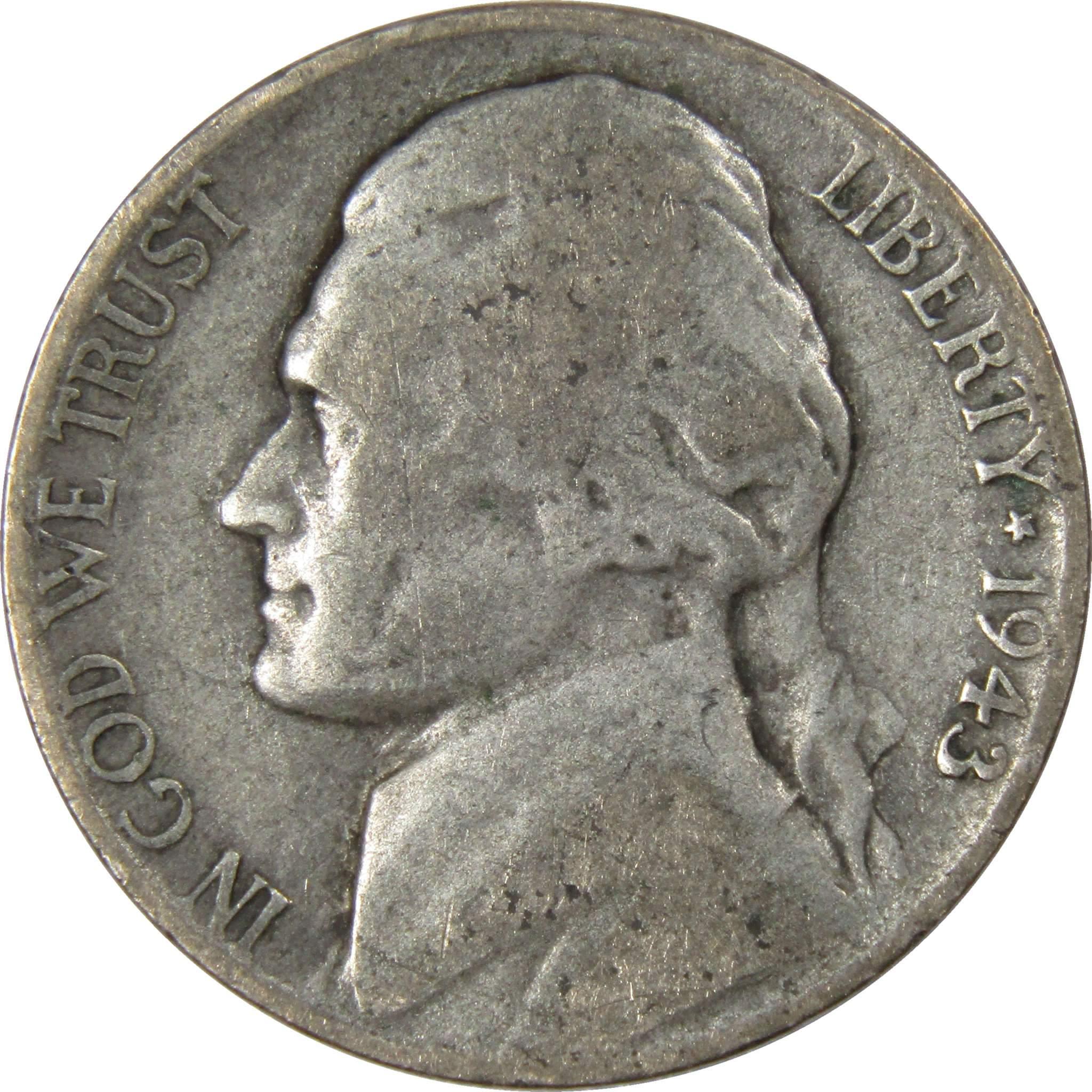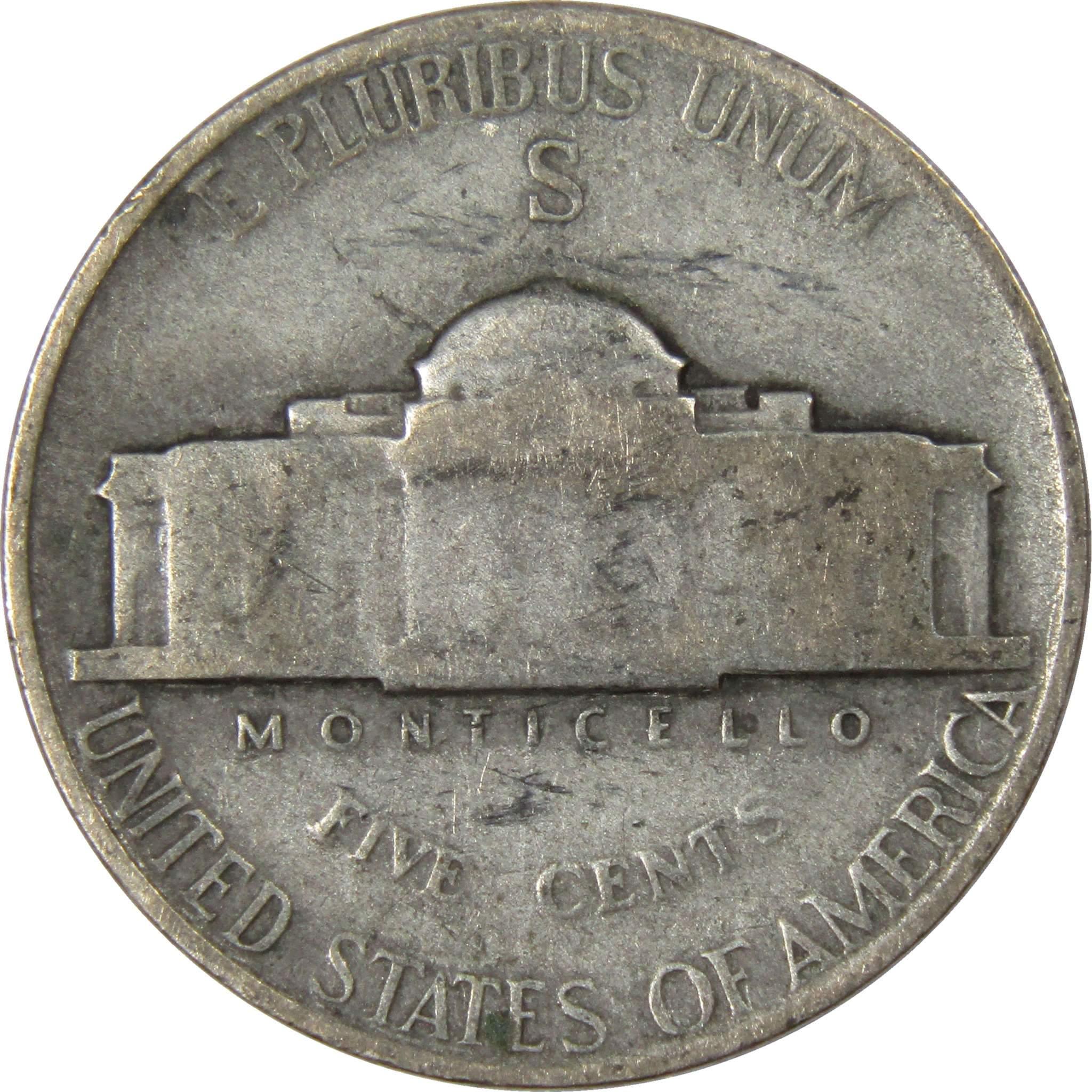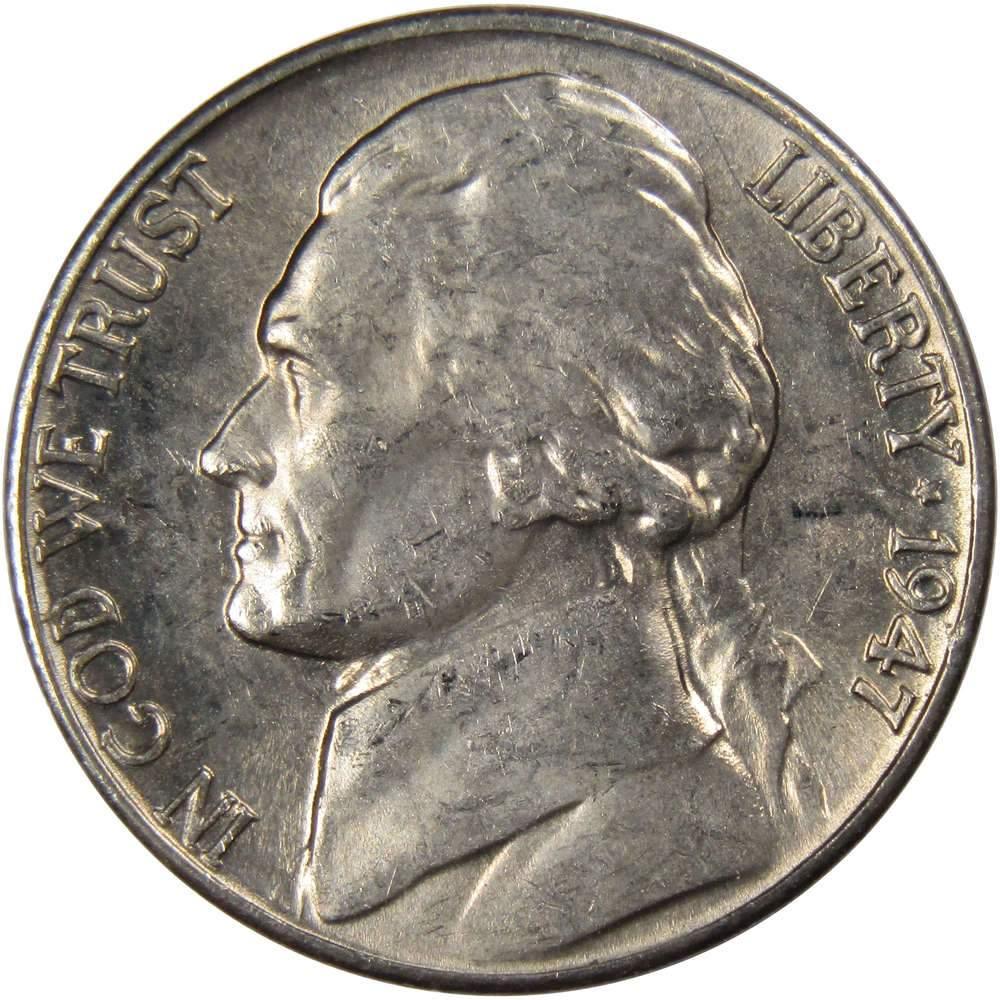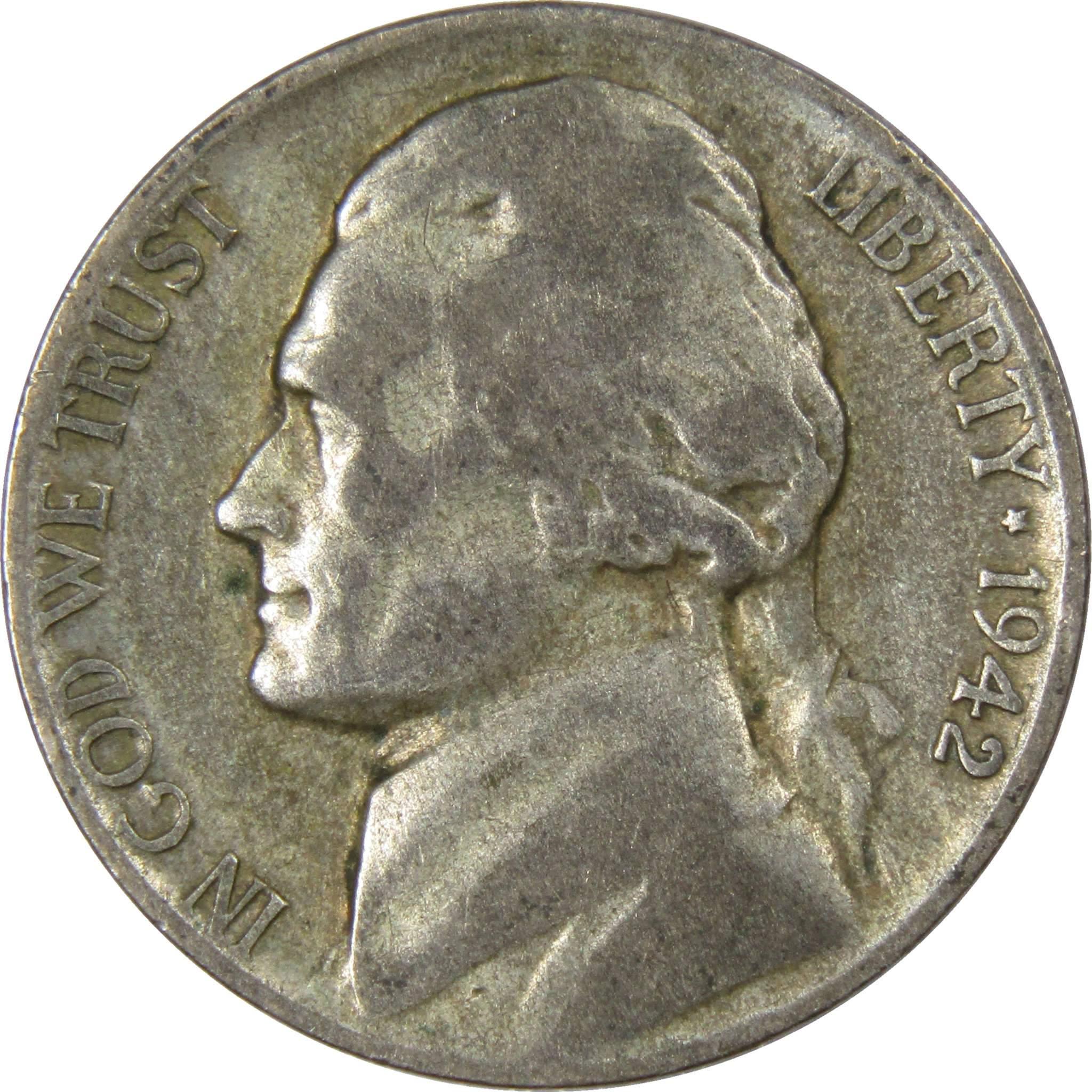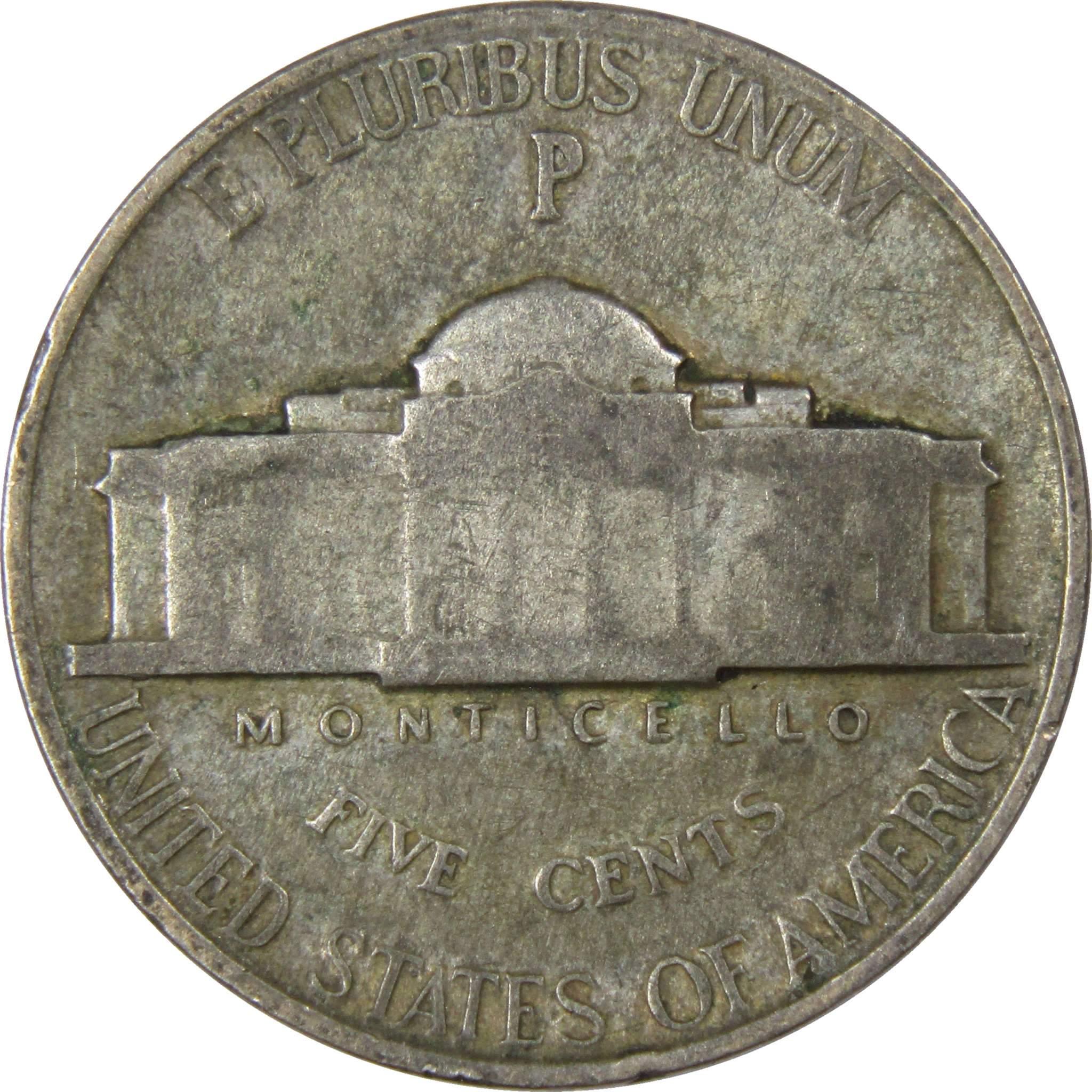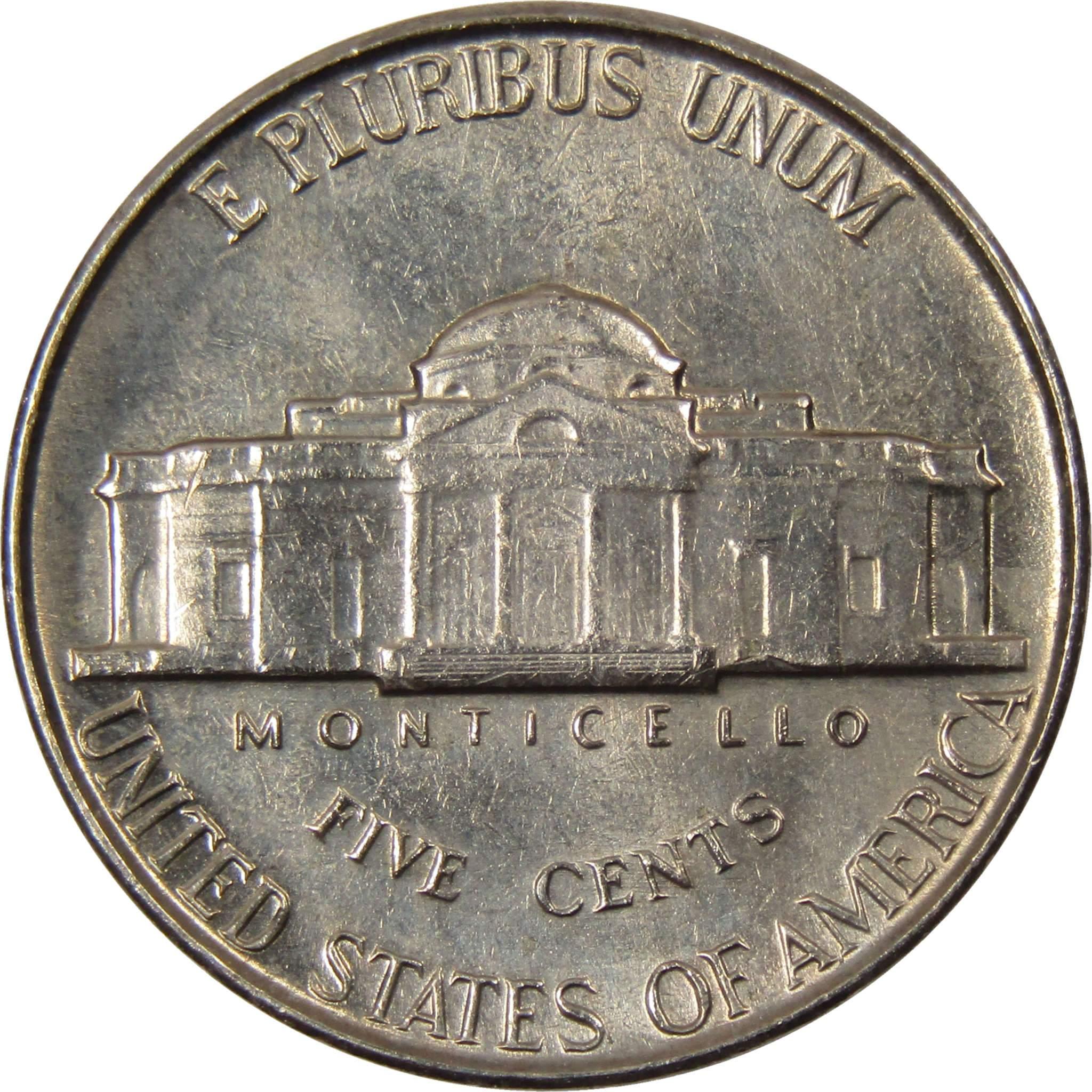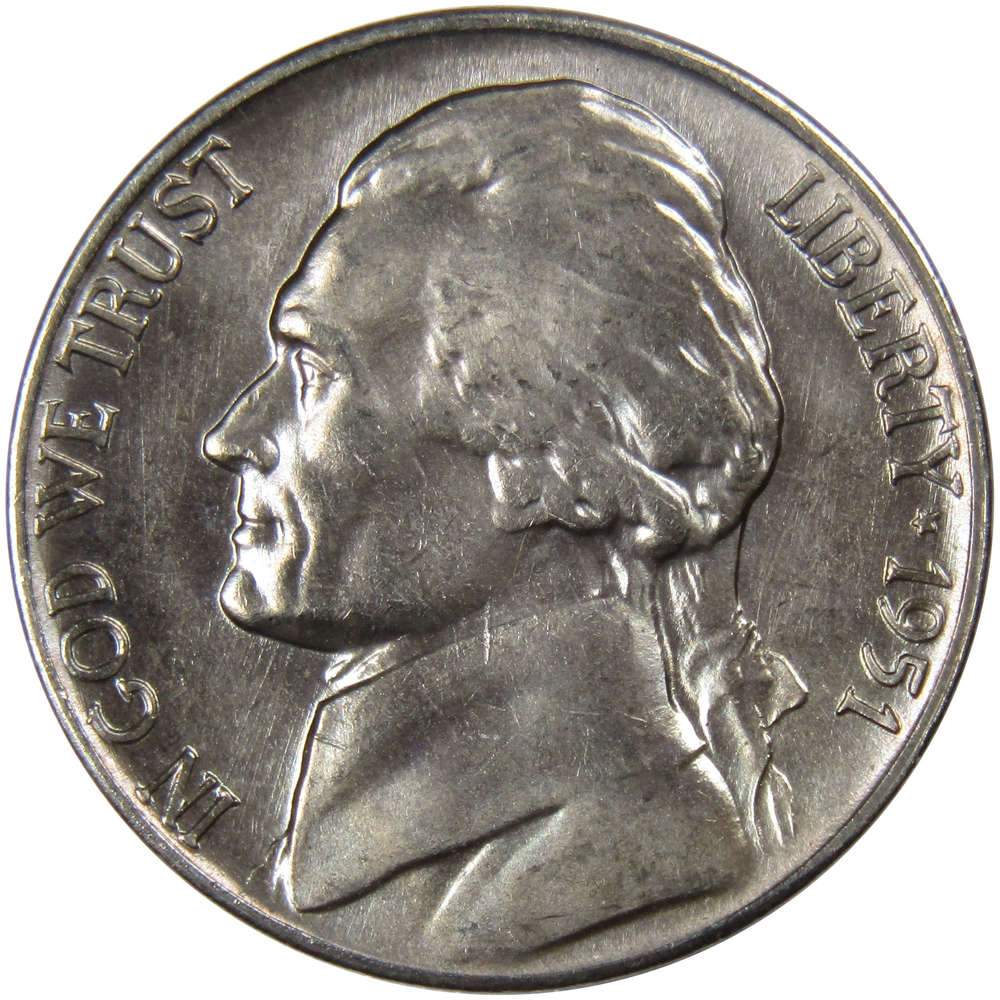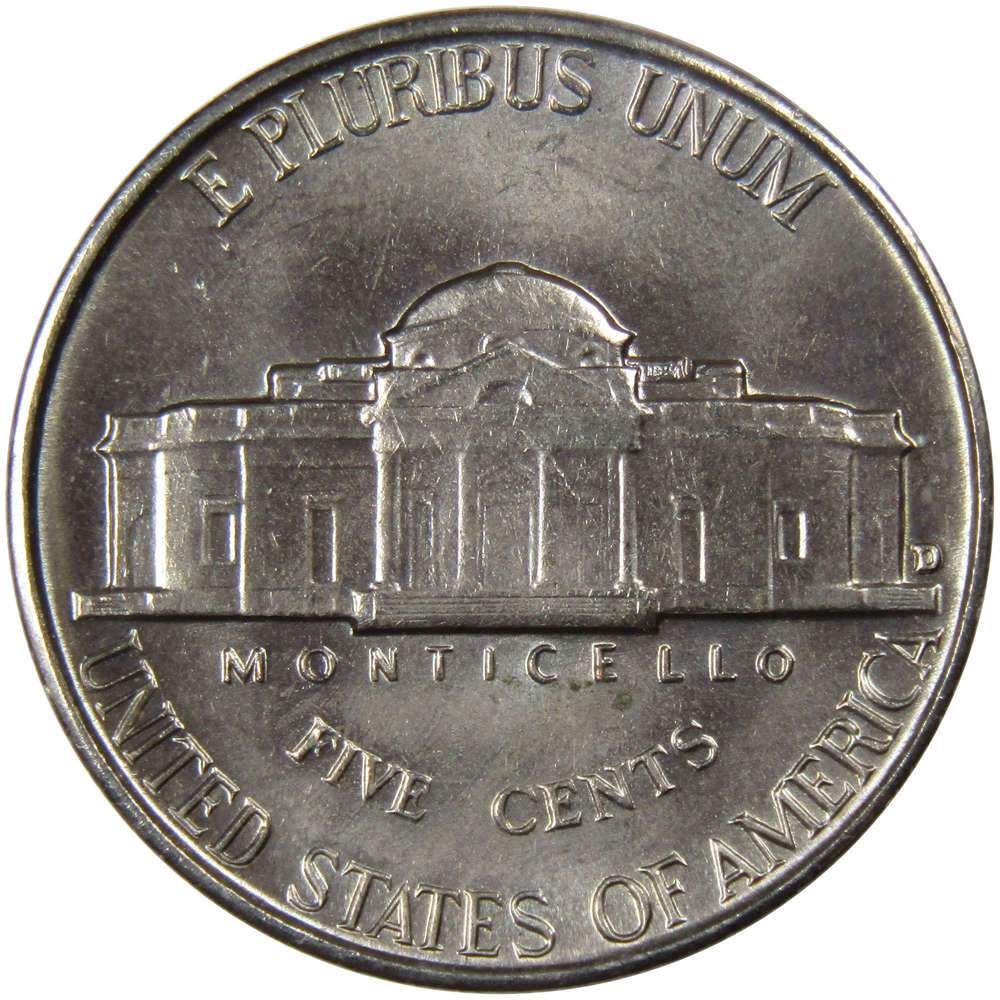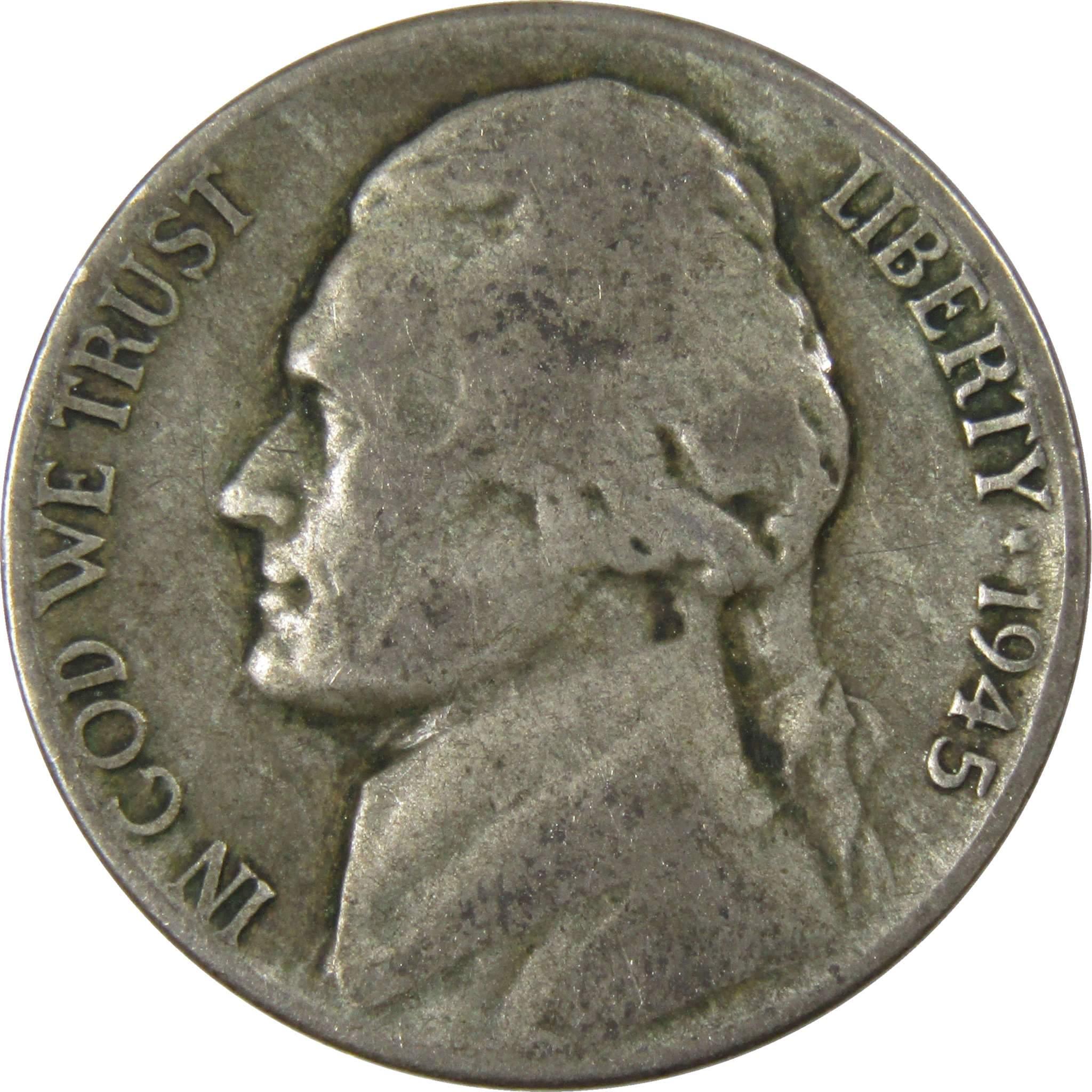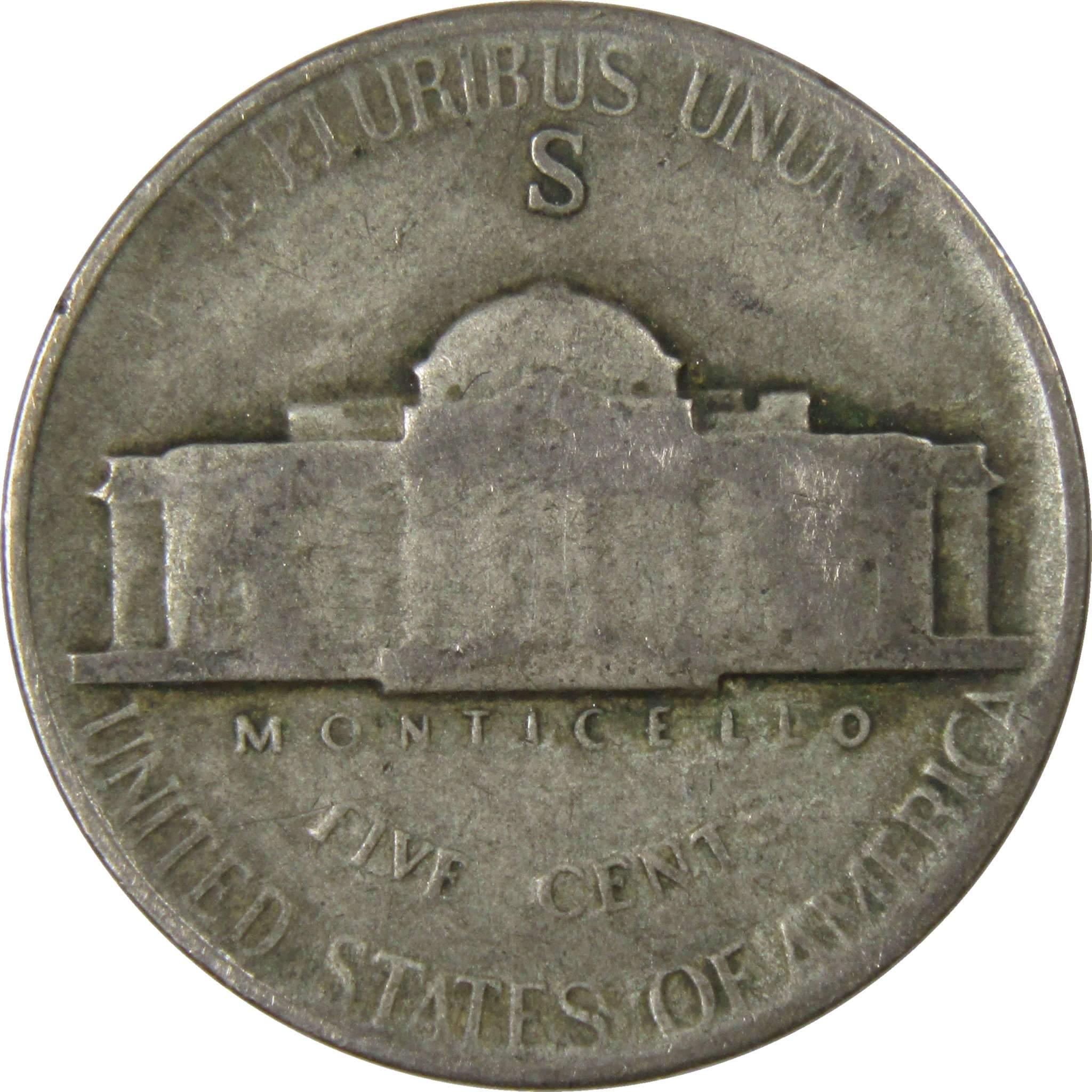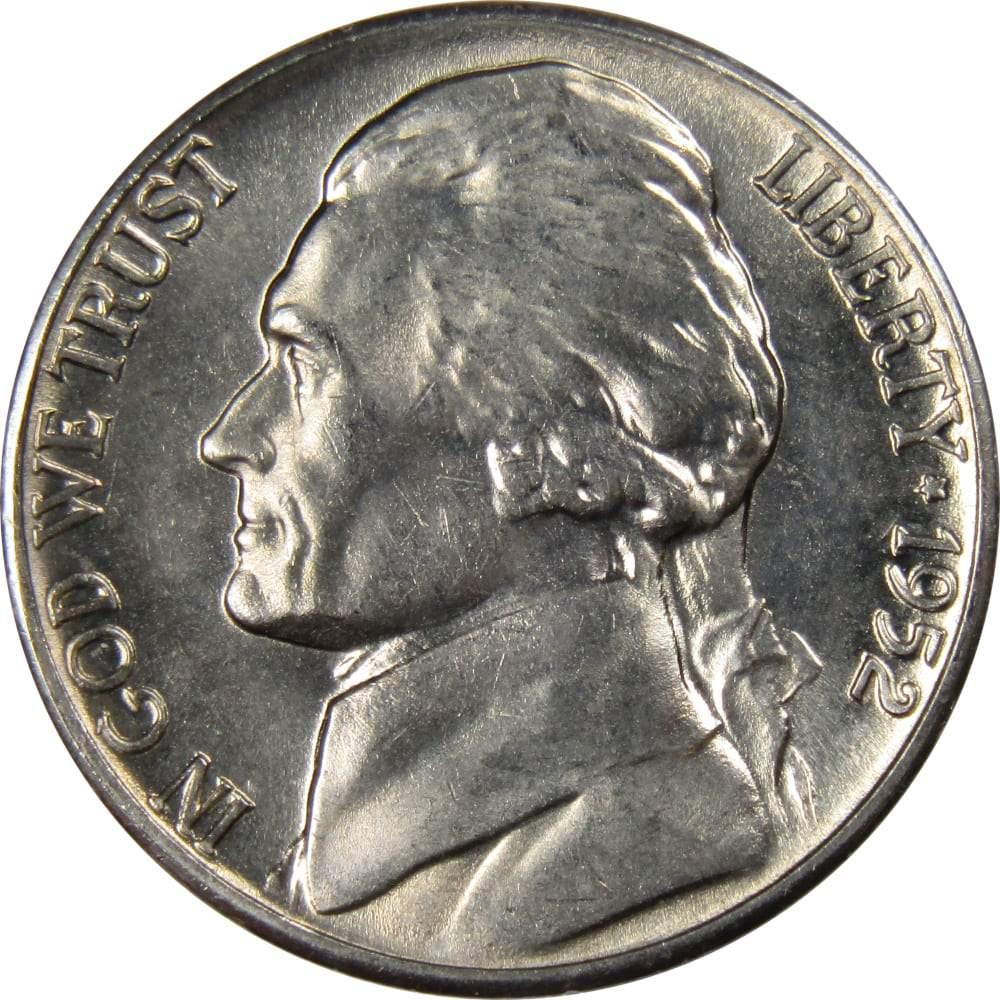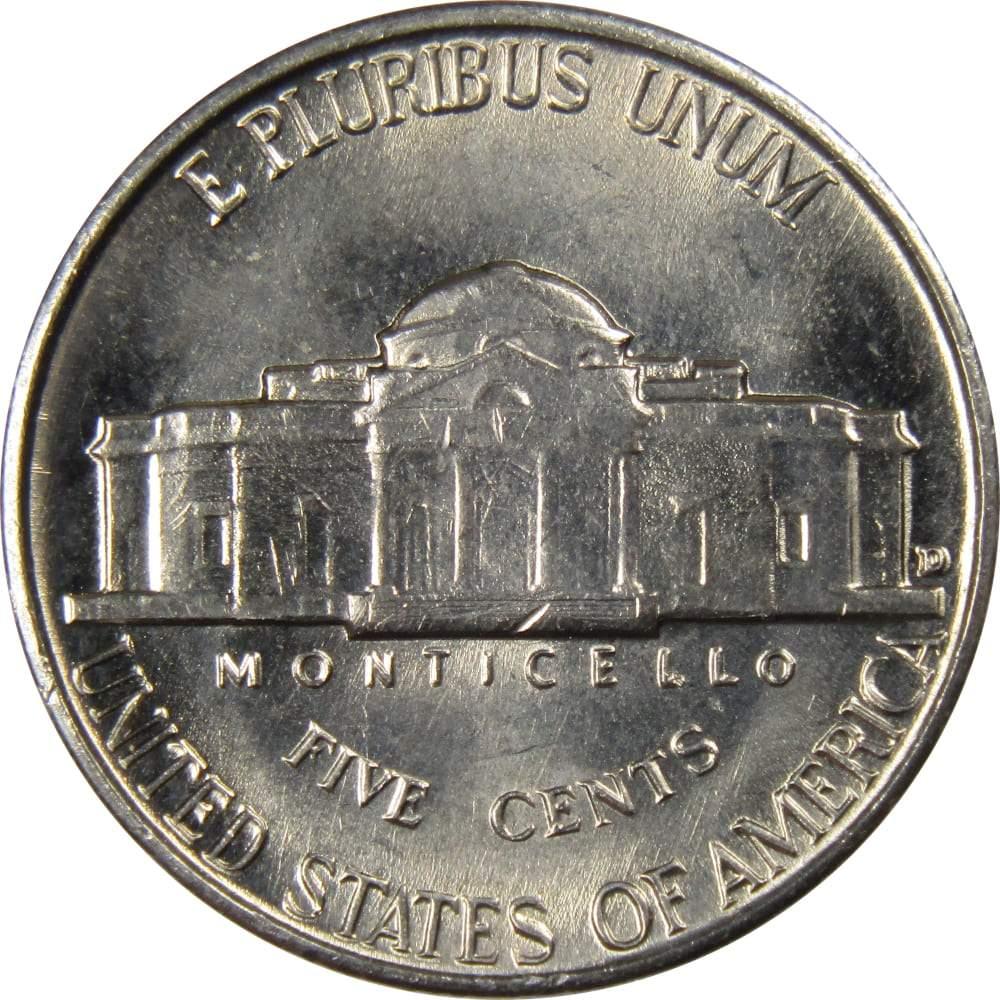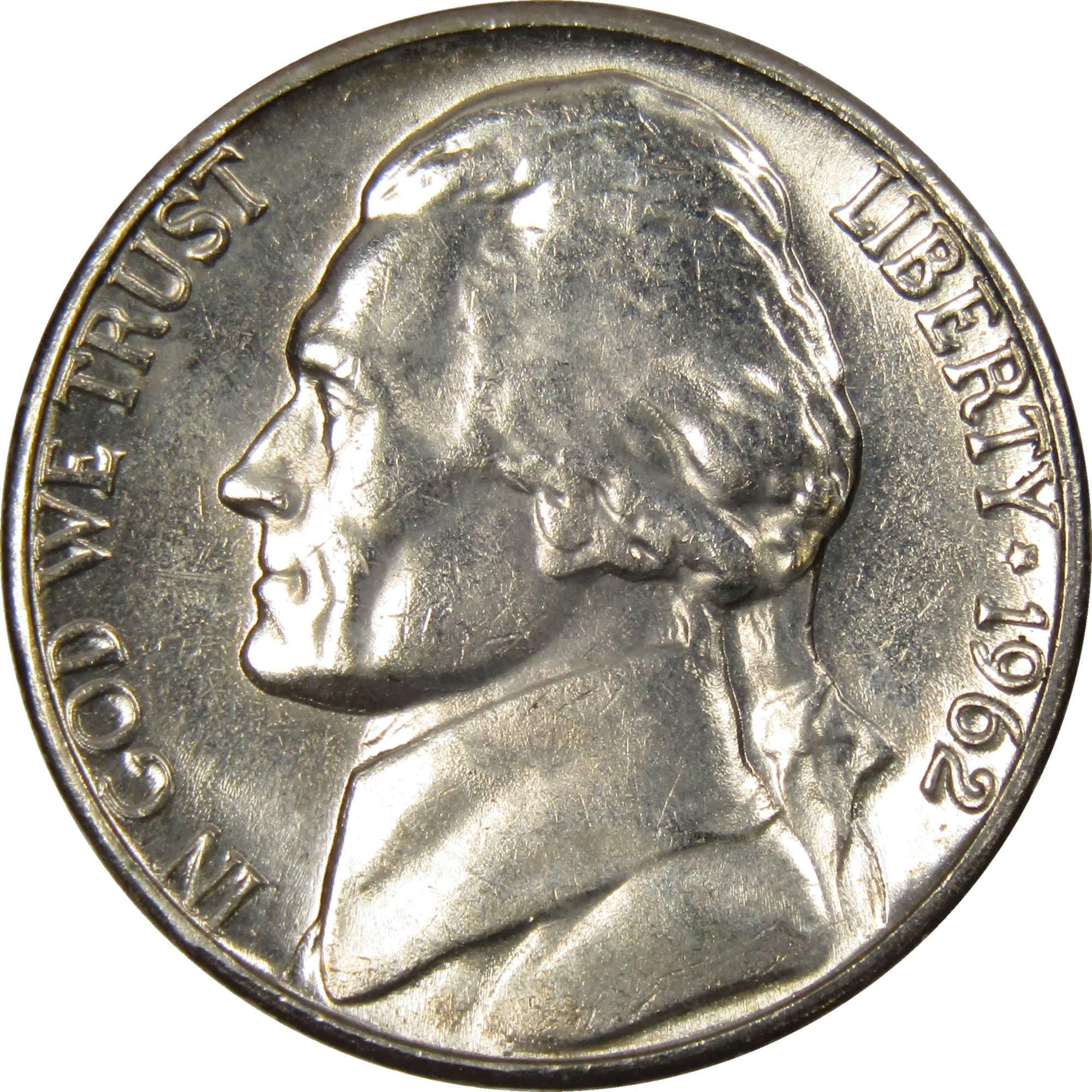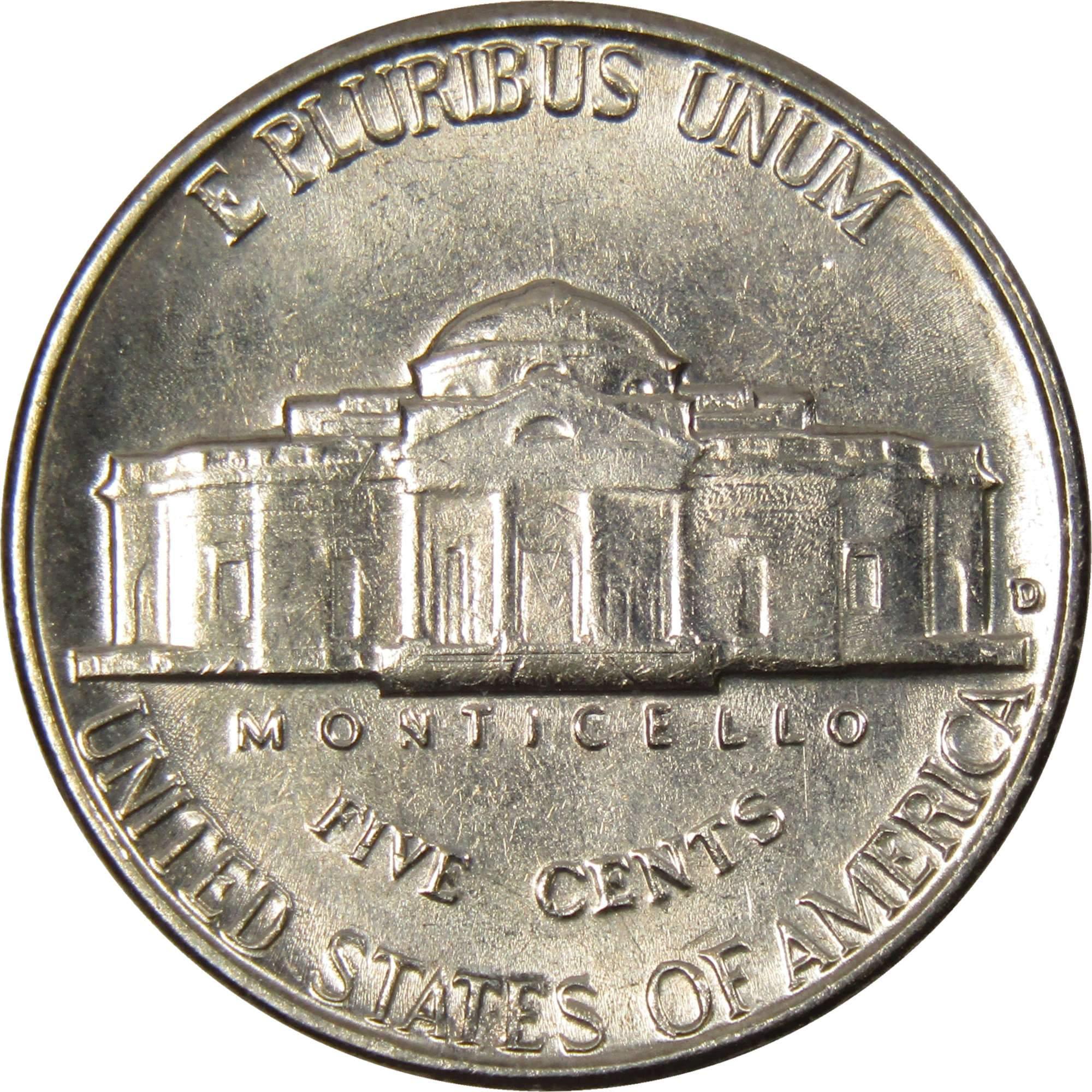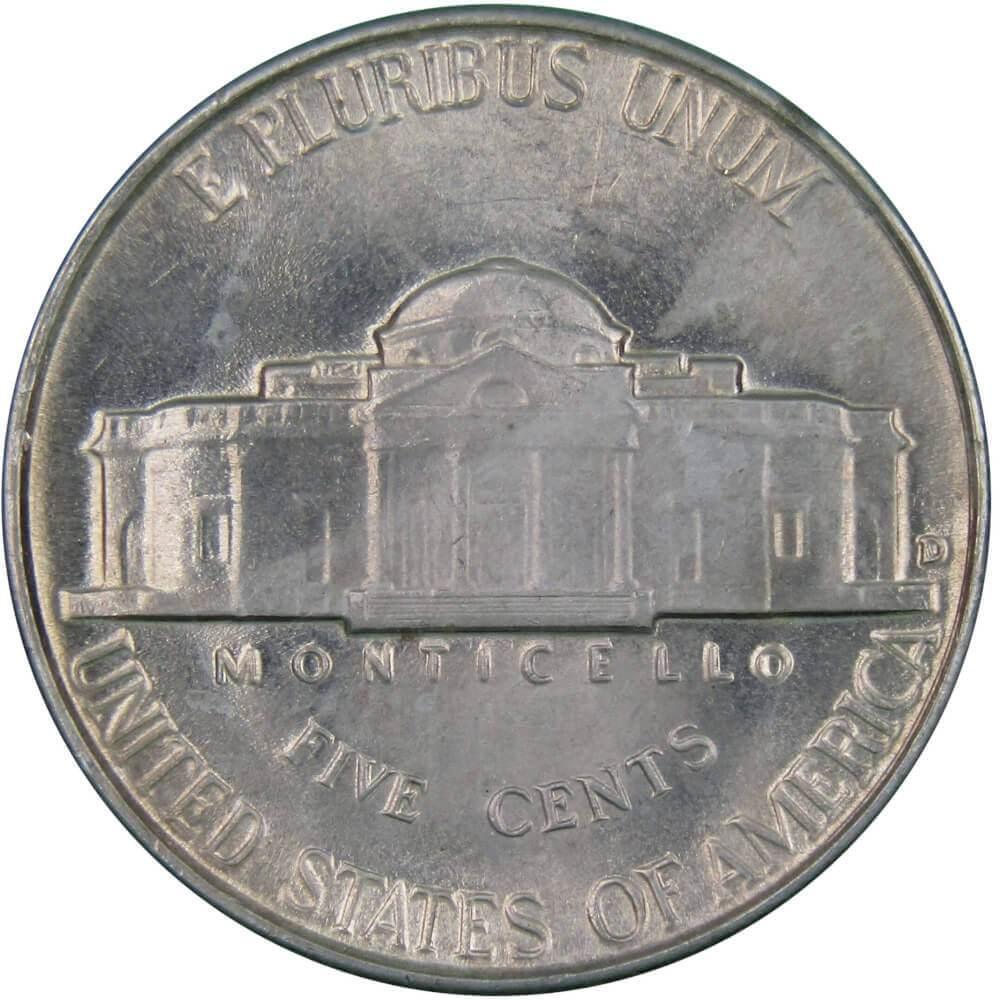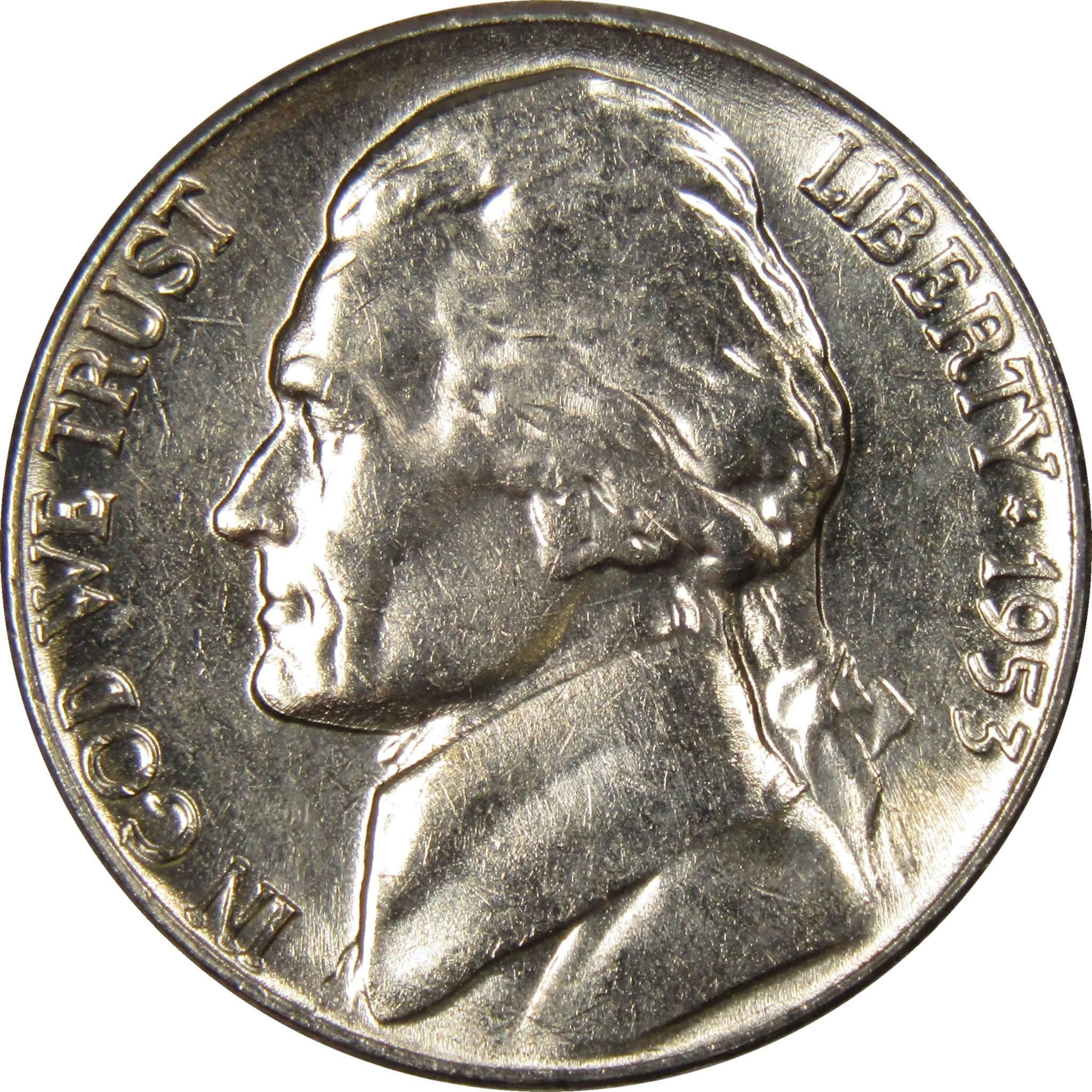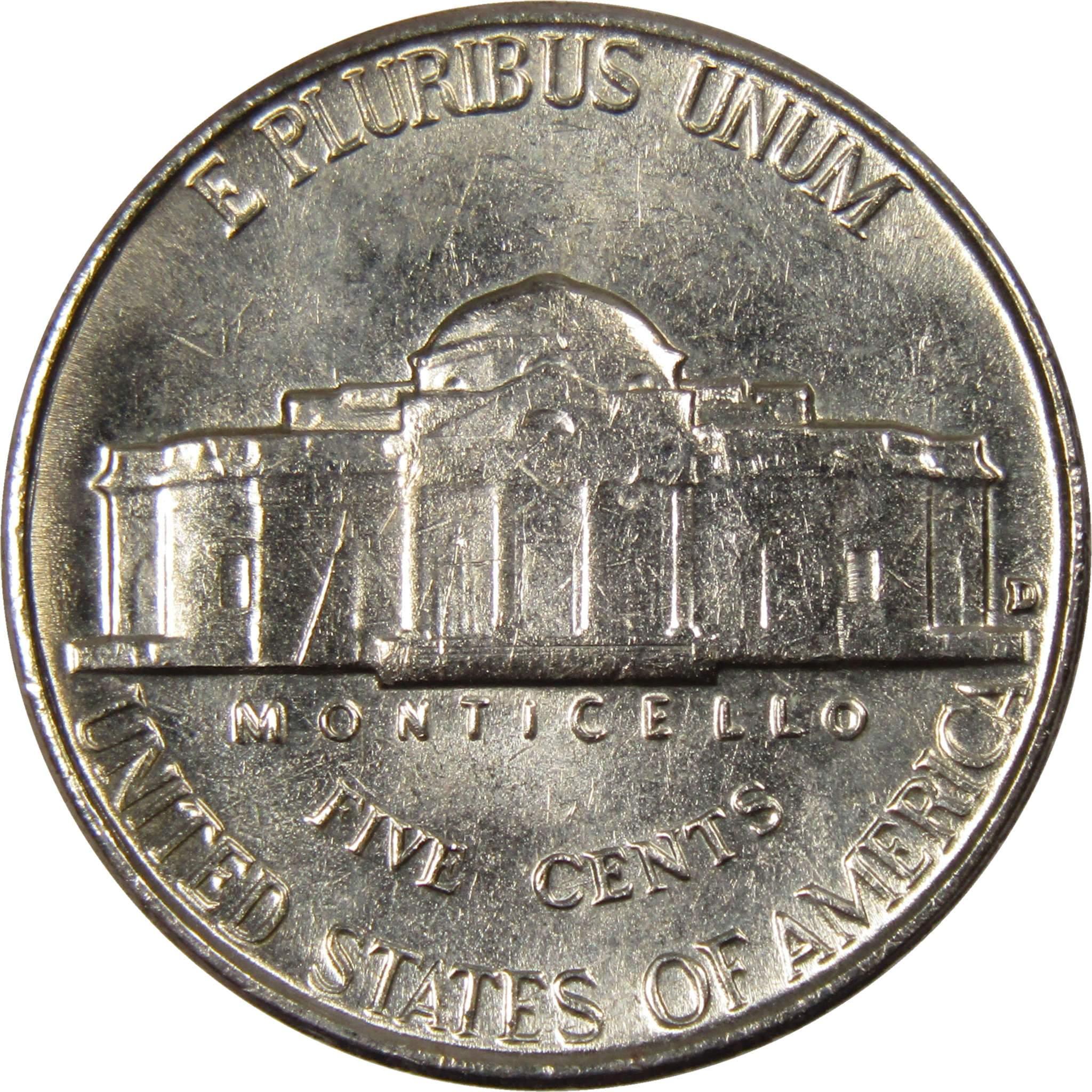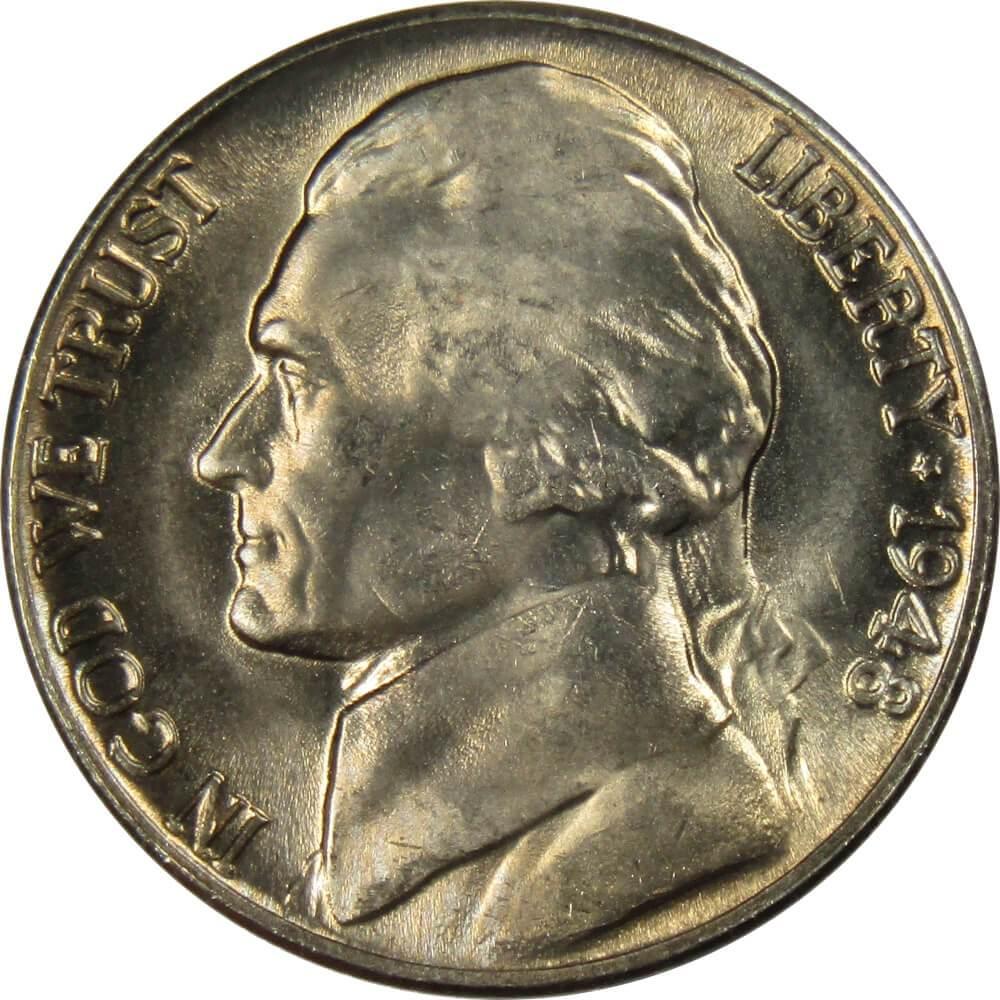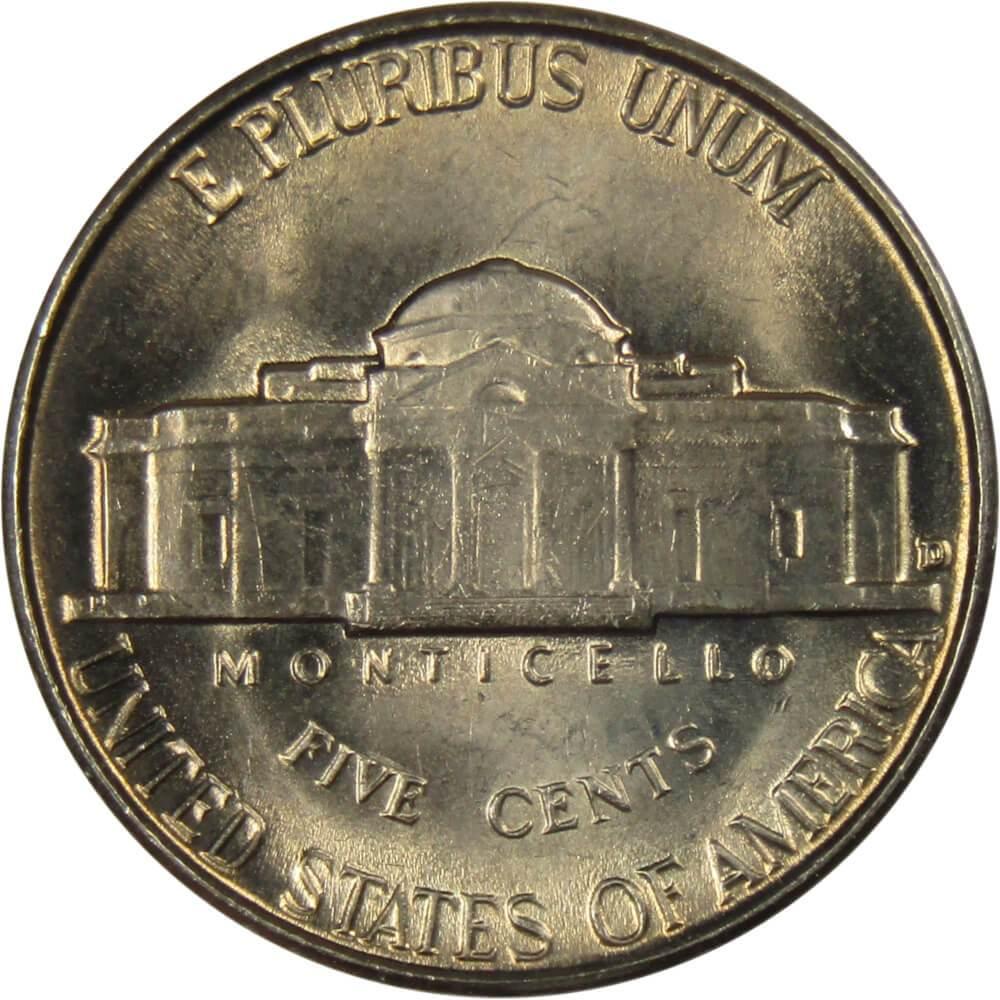Nickels
748 products
Showing 1 - 24 of 748 products
Nickels were first introduced as a U.S. denomination in 1866 and to this day, have remained a vital and popular denomination for consumers and collectors alike. Learn More
Showing 1 - 24 of 748 products
Display
View
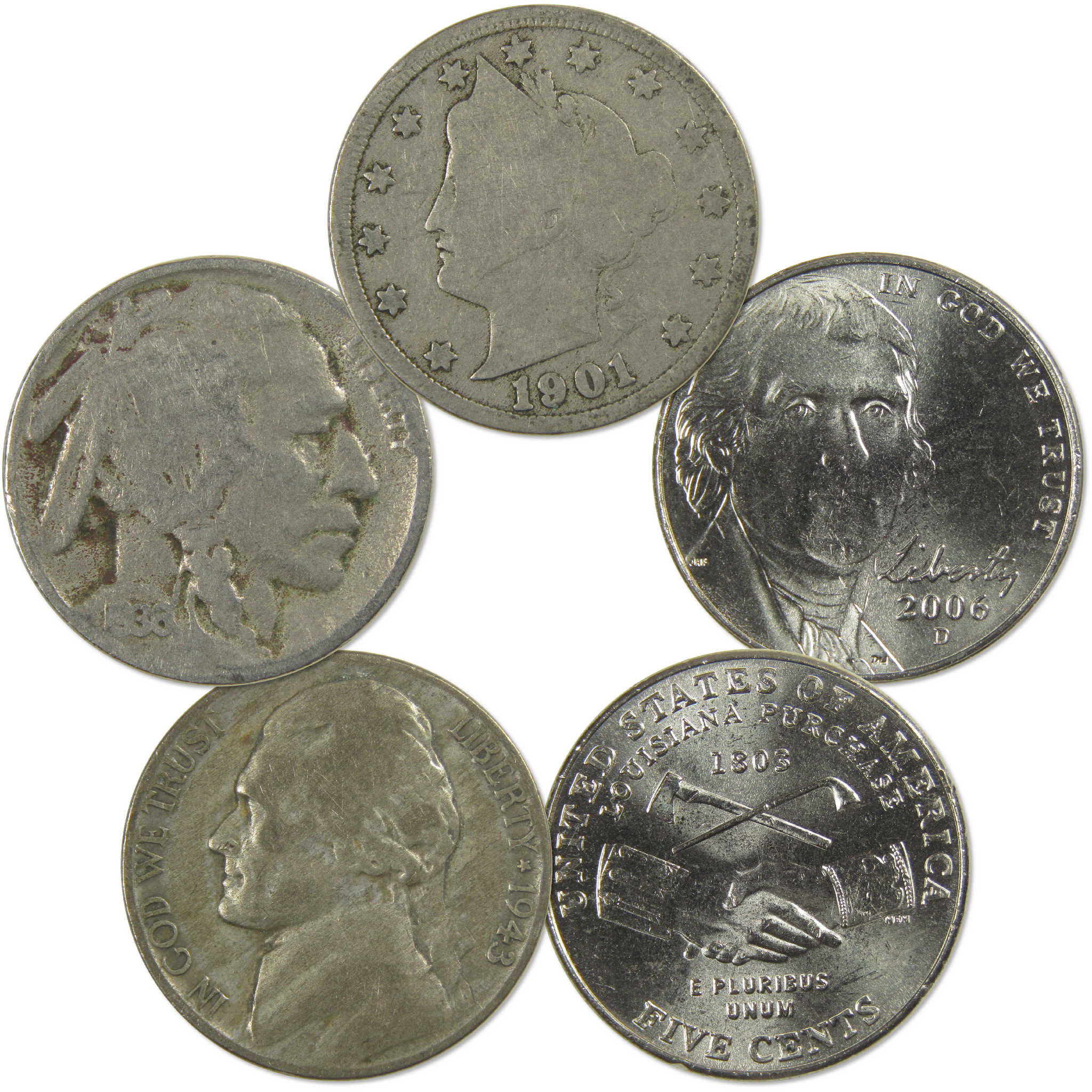
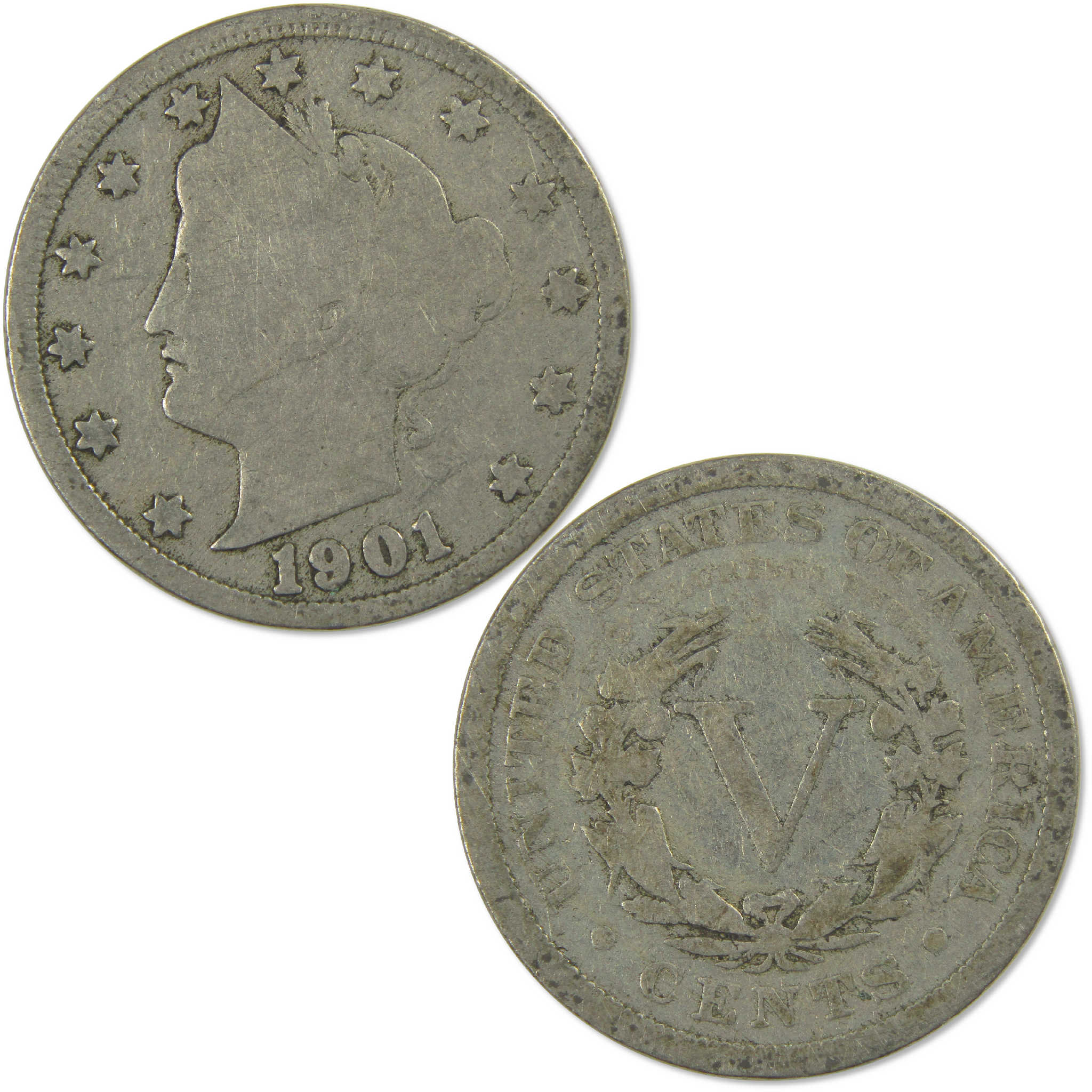
United States Nickel Liberty Buffalo & Jefferson 5-Coin Type Set
Sale price$11.99
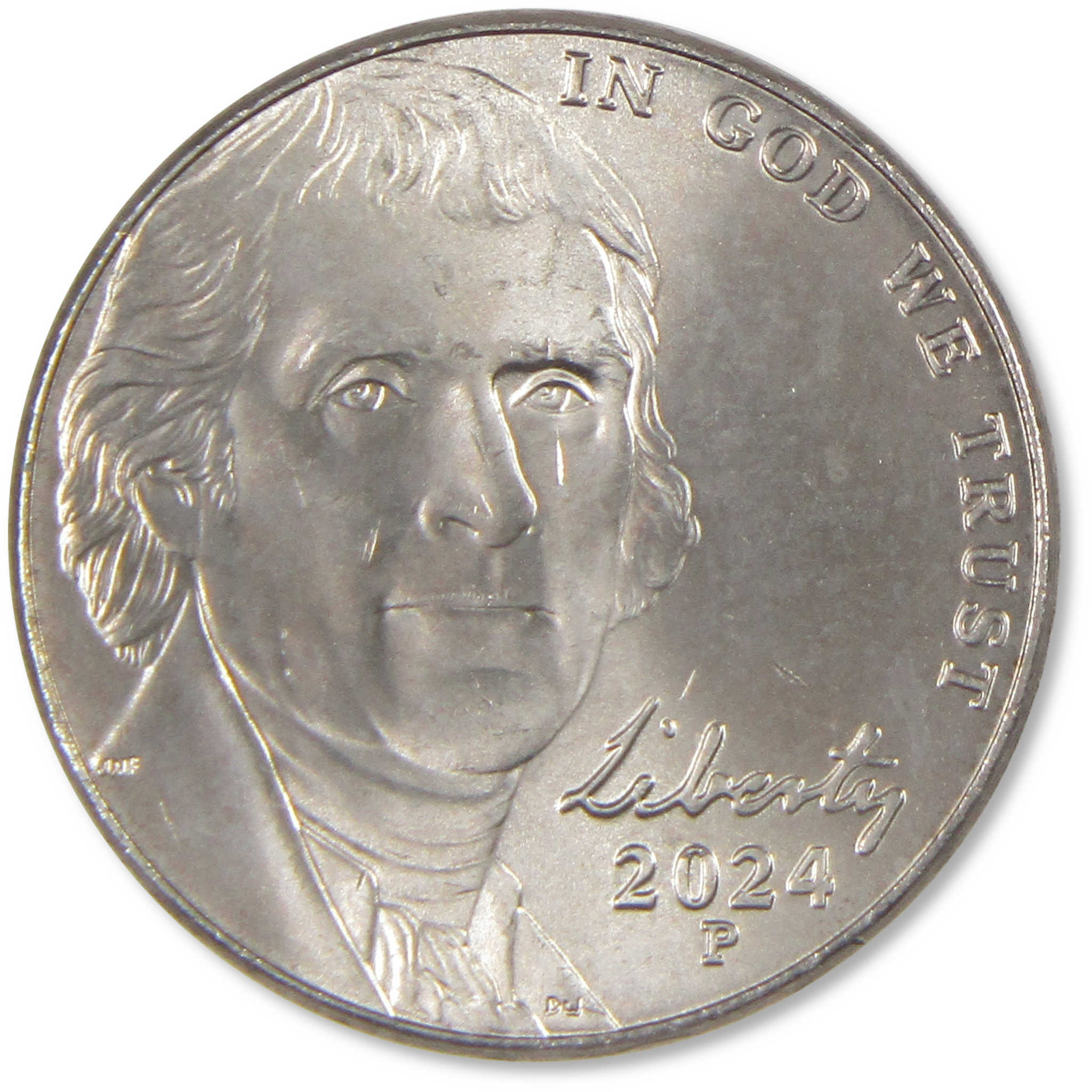
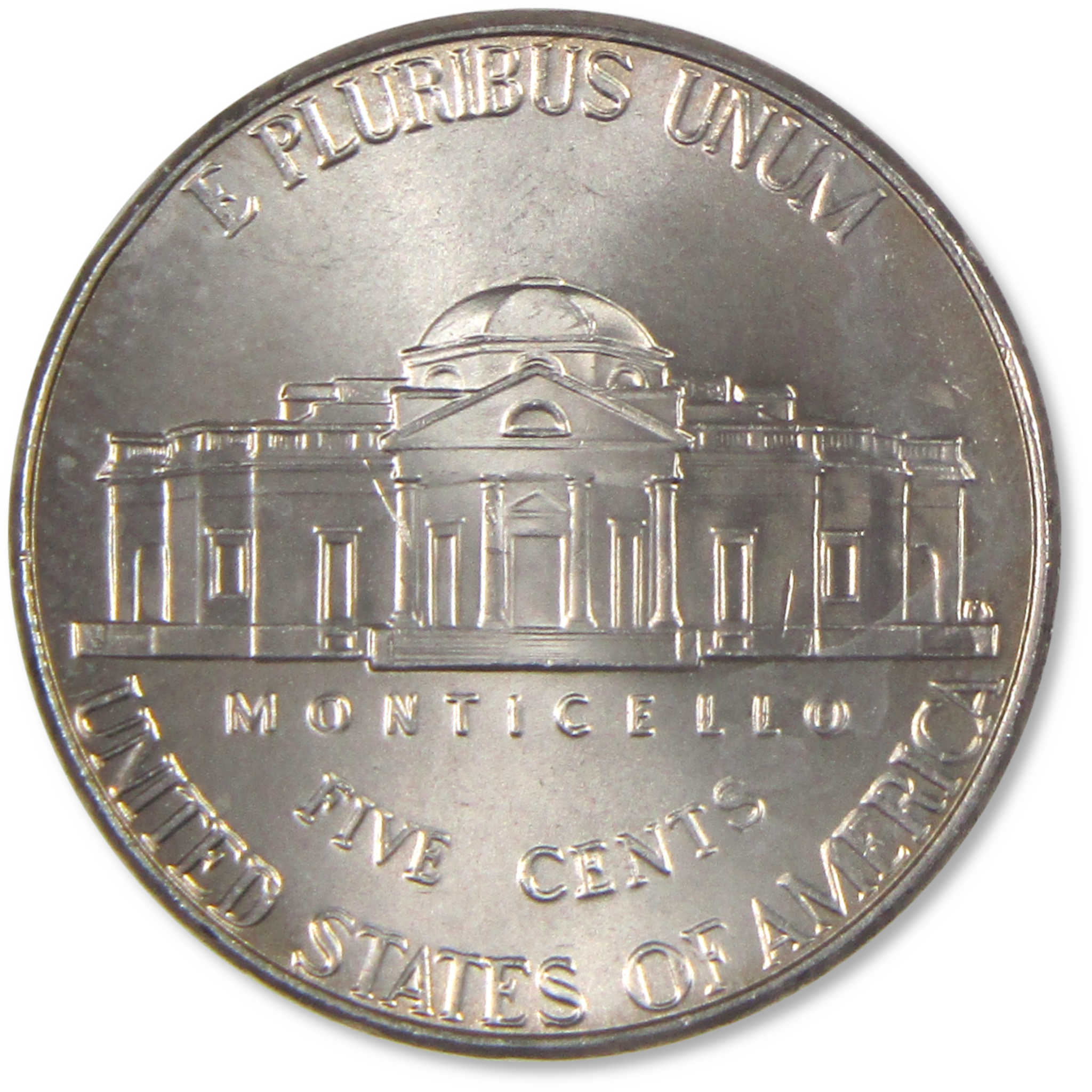
2024 P Jefferson Nickel Uncirculated 5c Coin
Sale price$5.49

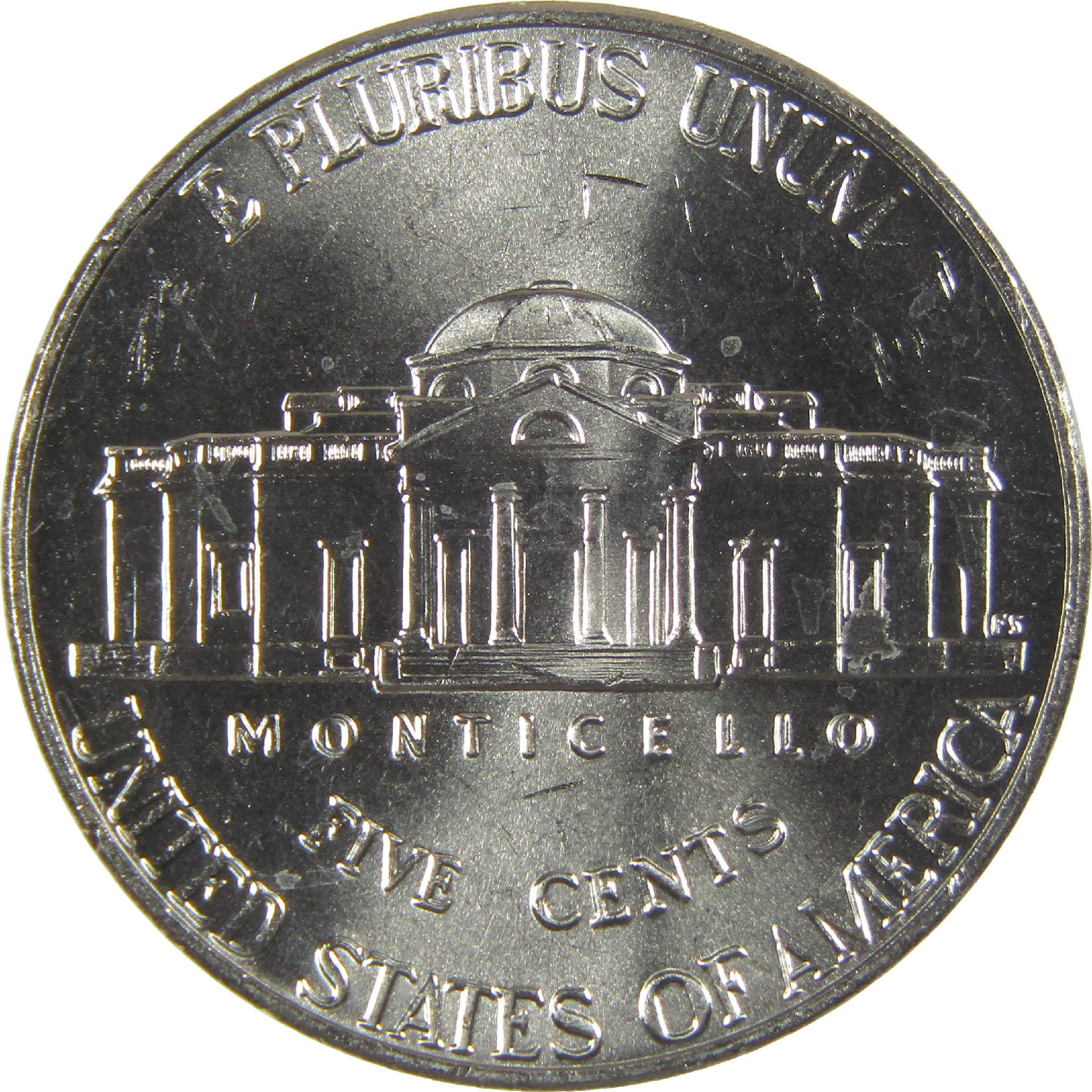
2025 D Jefferson Nickel Uncirculated 5c Coin
Sale price$3.49

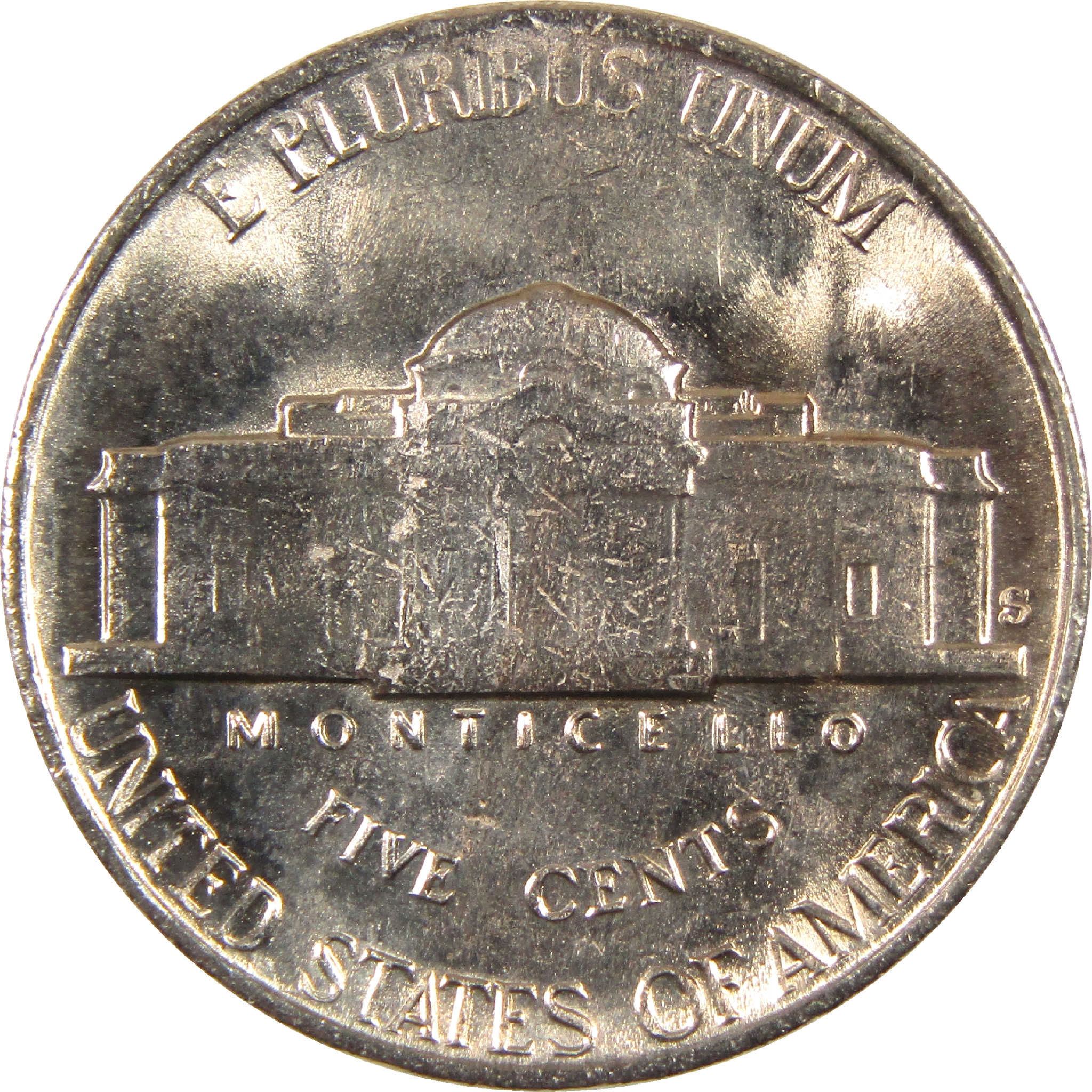
1953 S Jefferson Nickel BU Uncirculated 5c Coin
Sale price$3.99
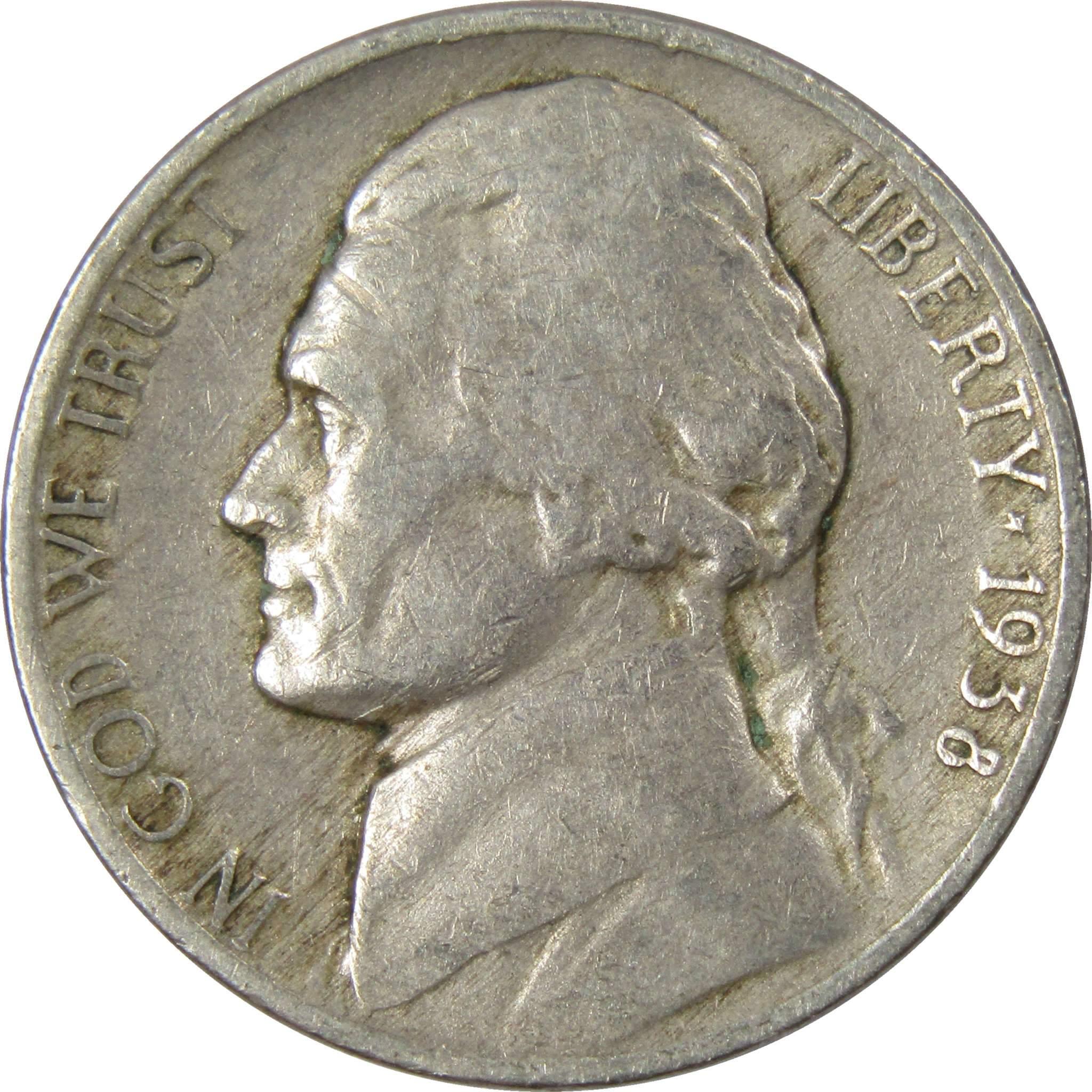

1938 Jefferson Nickel Circulated 5c Coin Collectible
Sale price$2.99
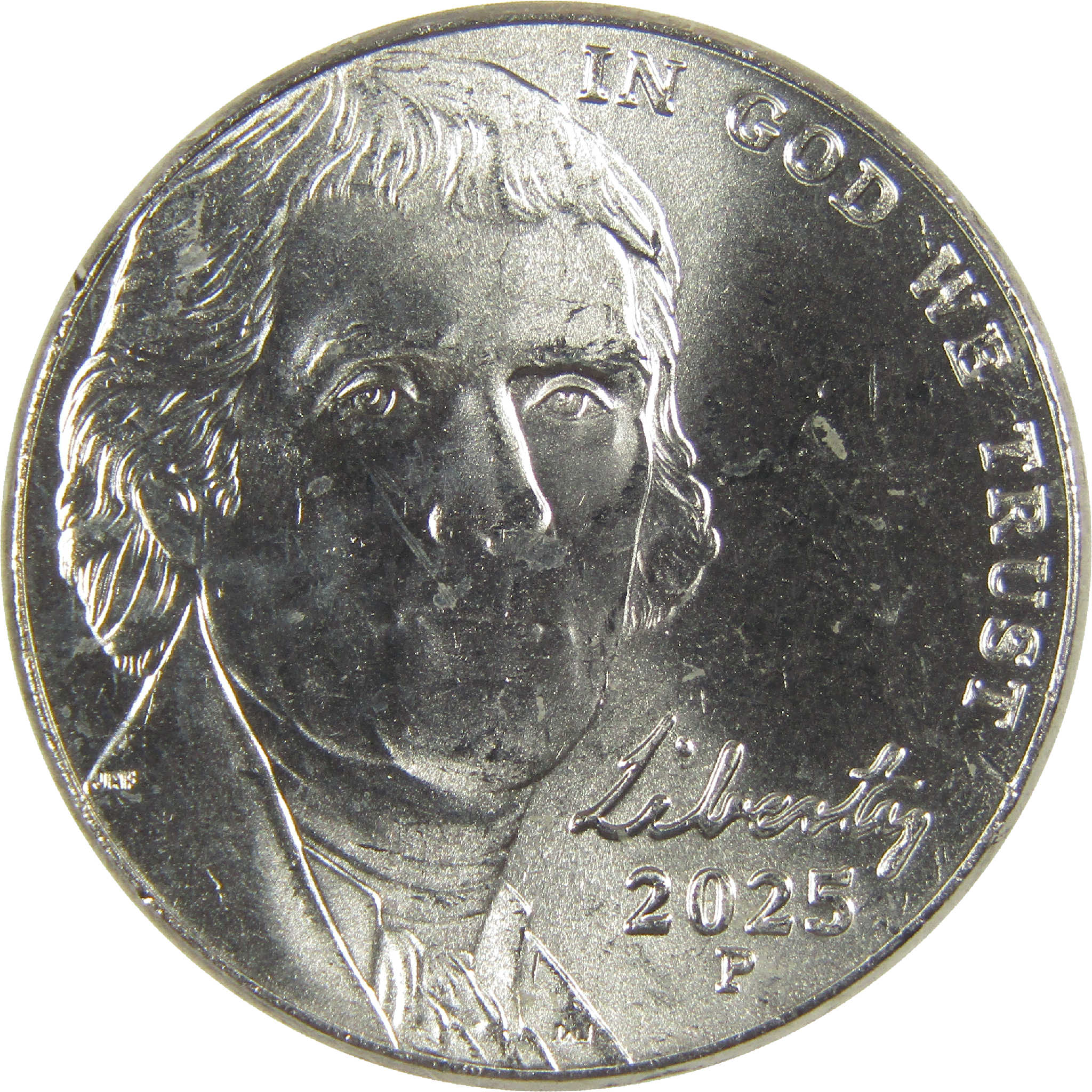
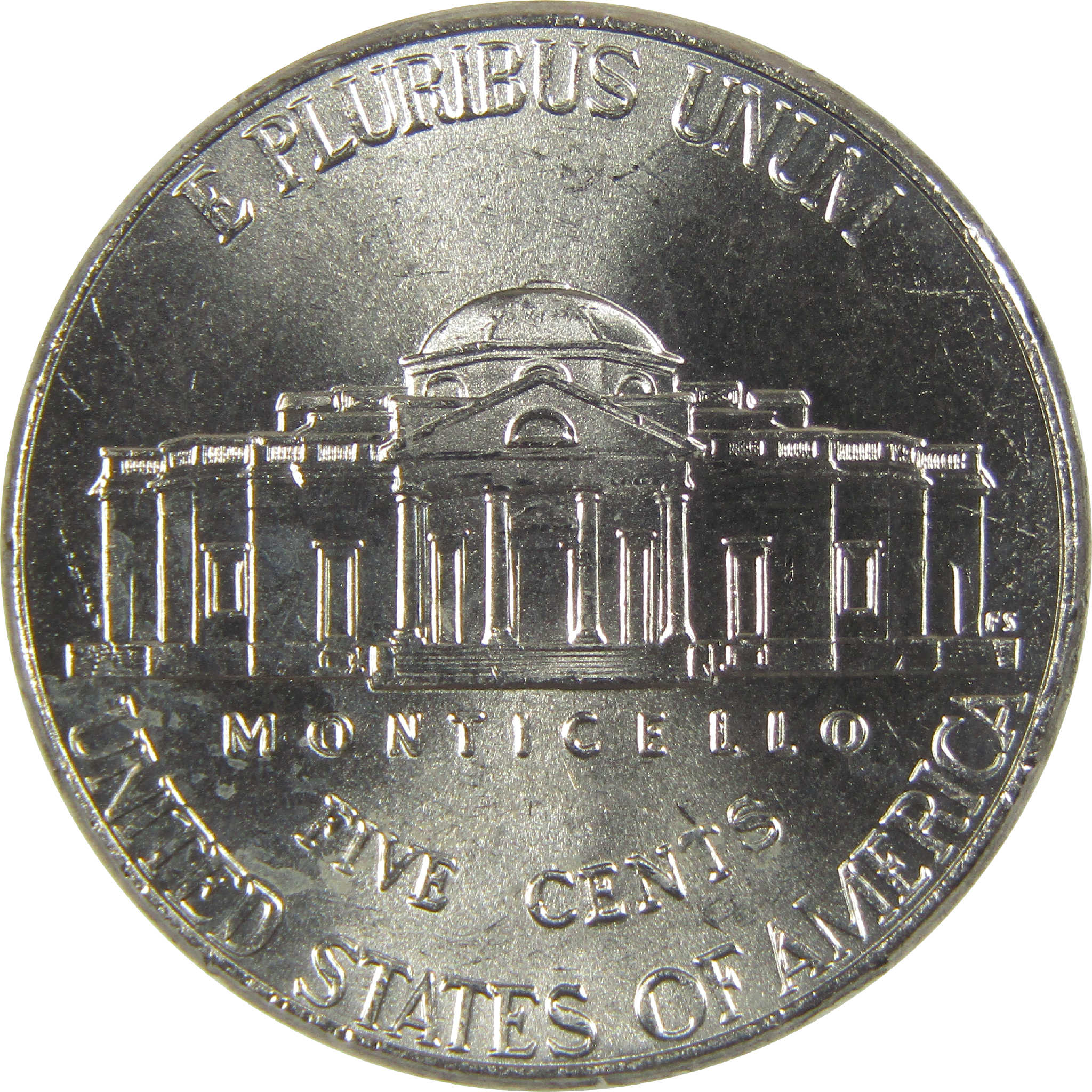
2025 P Jefferson Nickel Uncirculated 5c Coin
Sale price$3.99
Filters (0)
Nickels: A Brief History
The history of the U.S. nickel dates back to the mid-19th century. Below is a brief overview of its evolution:
- Shield Nickels (1866-1883): The first nickel five-cent coin introduced in the United States was the Shield Nickel. It featured a shield design on the obverse and a large numeral "5" surrounded by stars on the reverse. The composition of the coin was a copper-nickel alloy, 75% copper and 25% nickel, which remains the standard for U.S. nickels to this day.
- Liberty Head Nickels, or "V" Nickels (1883-1913): The Liberty Head Nickel, often referred to as the "V" Nickel due to the Roman numeral "V" on the reverse, replaced the Shield Nickel. The obverse featured a profile of Liberty with a coronet, and the reverse had a large "V" encircled by a wreath. Because the initial design did not include the word CENTS, these nickels were easily counterfeited as gold $5 coins. Therefore, later in the same year, the word CENTS was added to the reverse.
- Buffalo Nickels (1913-1938): The Buffalo Nickel is one of the most iconic and beloved designs in U.S. coinage history. Designed by James Earle Fraser, the coin featured a Native American chief on the obverse and a buffalo (American bison) on the reverse.
- Jefferson Nickels (1938-present): The Jefferson Nickel, named after Thomas Jefferson, has been in circulation since 1938. The obverse of the coin showcases a portrait of Thomas Jefferson, while the reverse initially depicted Monticello, his estate. The Monticello design was used until 2003. From 2004 to 2005, the U.S. Mint released a series of Westward Journey Nickels, honoring the Lewis and Clark expedition and the exploration of the American West. Since 2006, the Monticello design has been reintroduced with a slight alteration.
Though the U.S. nickel has undergone changes in design, it has remained an essential denomination in everyday commerce and a collectible coin cherished by numismatists.

